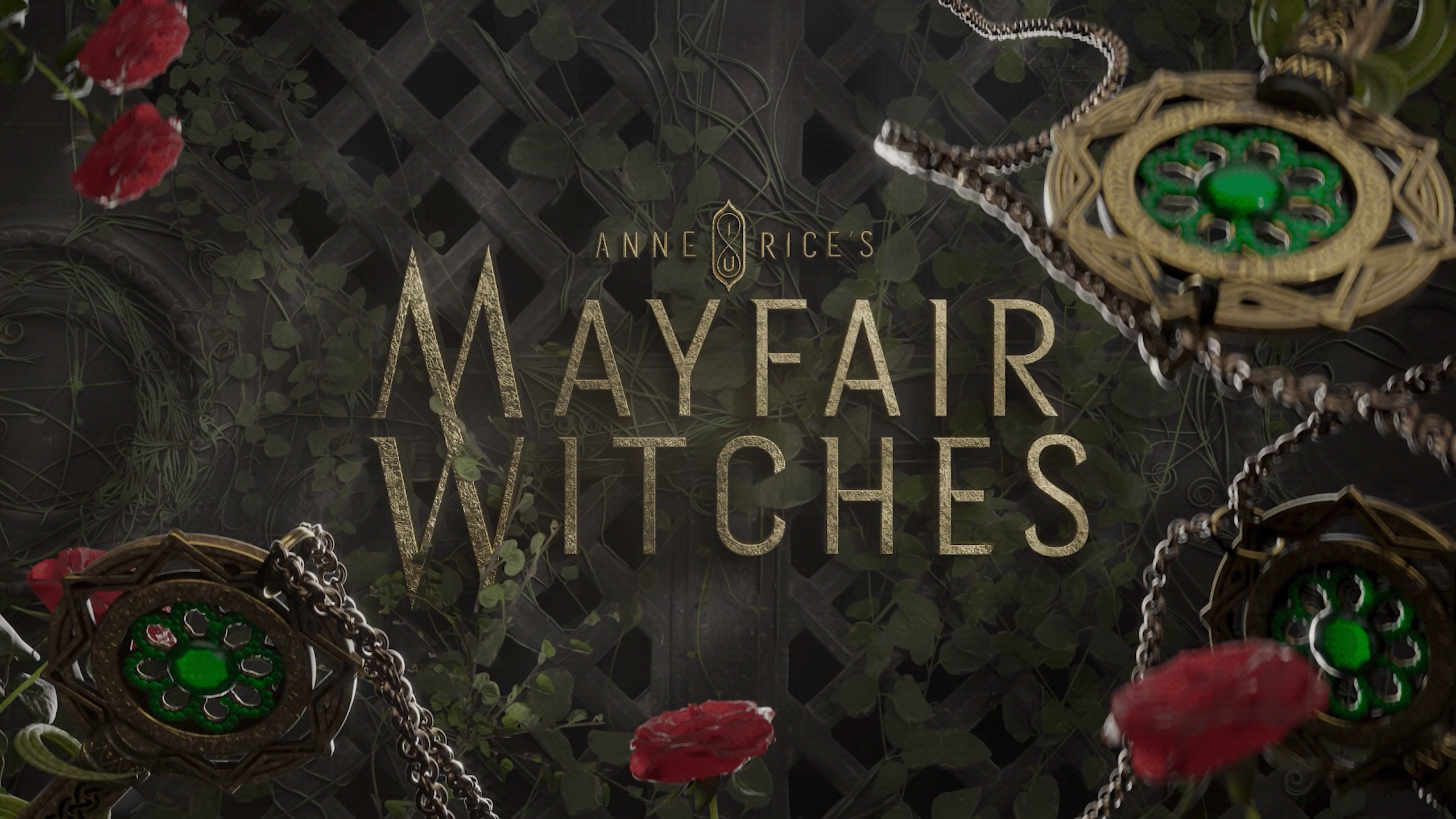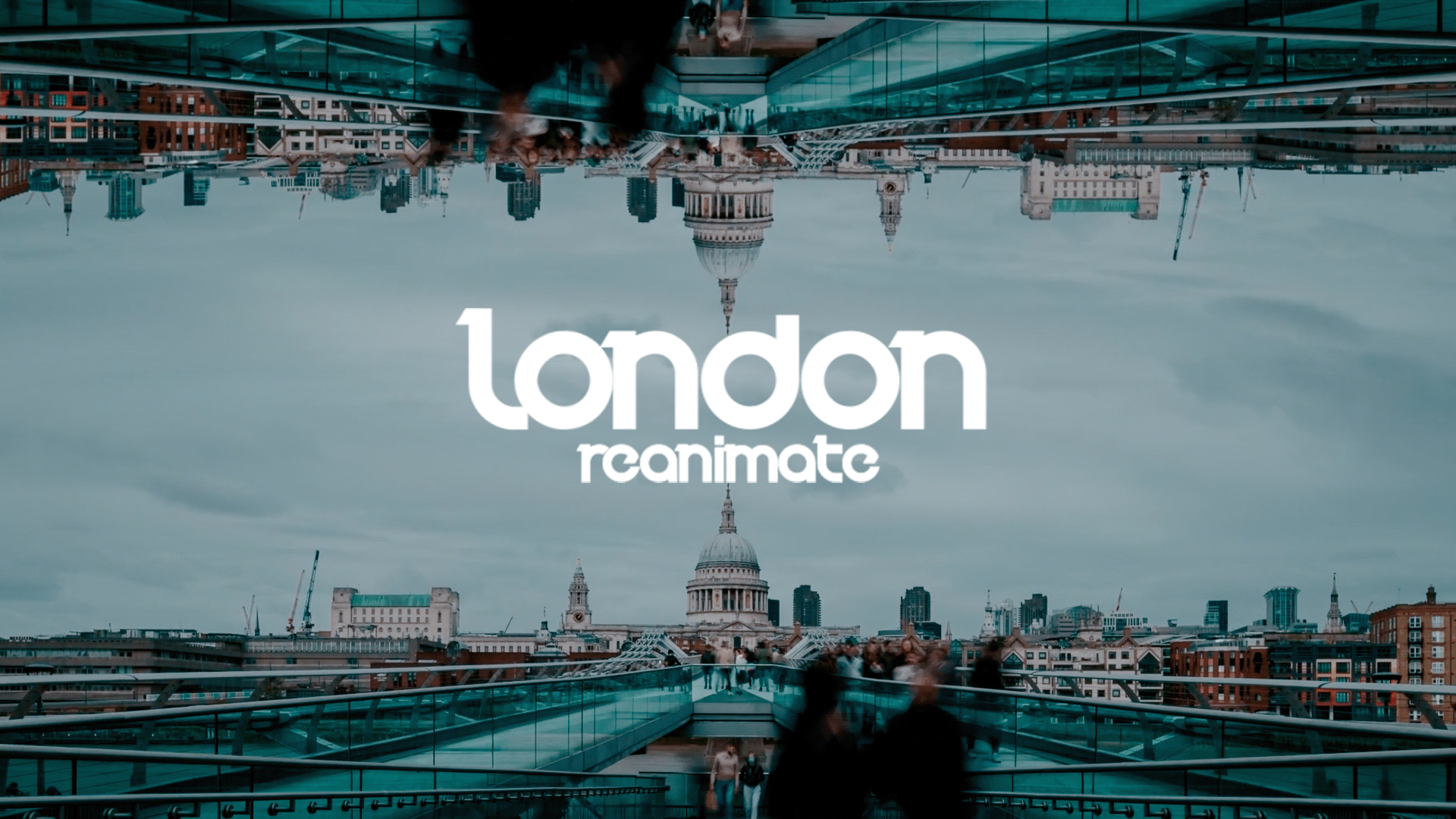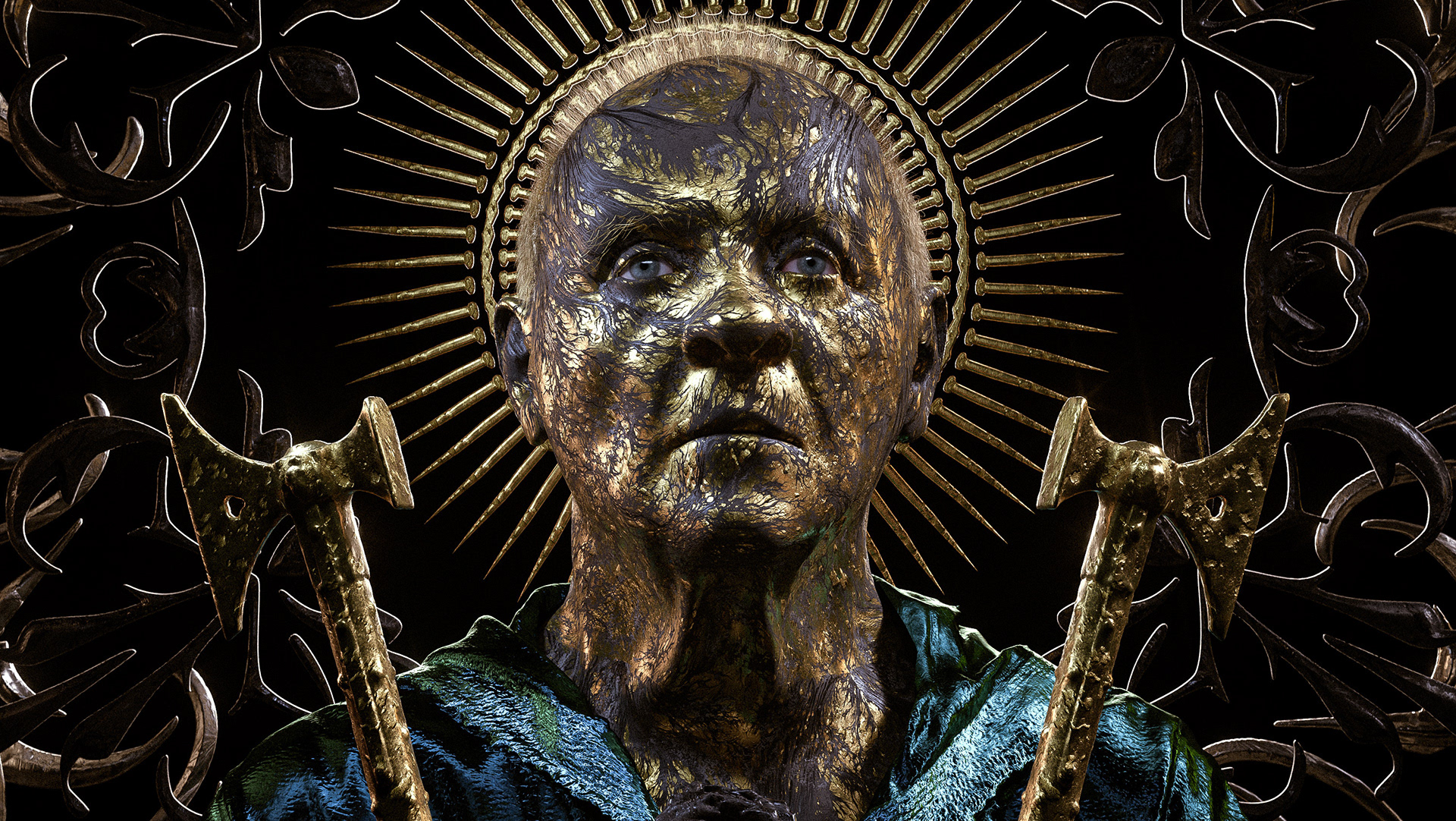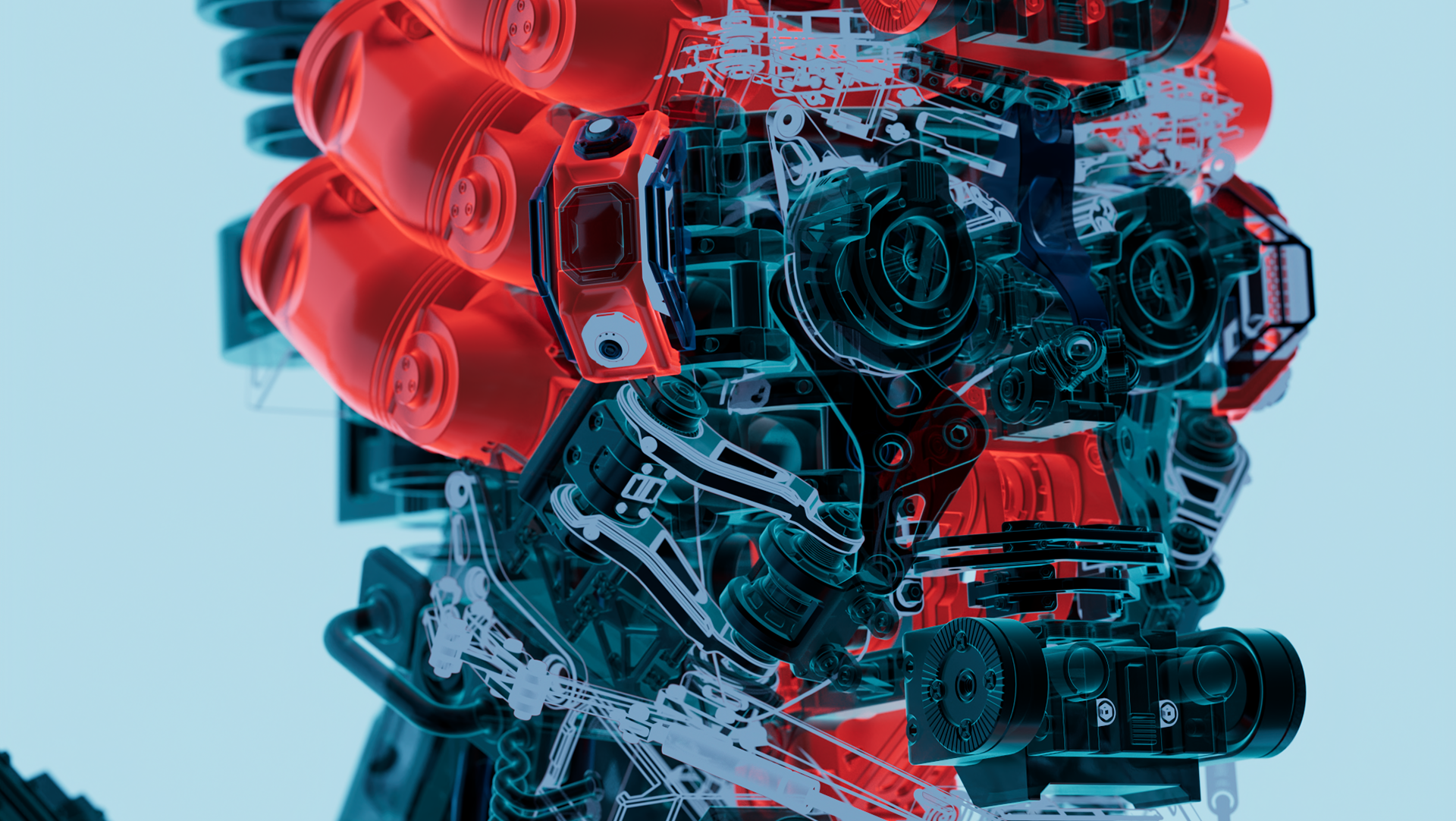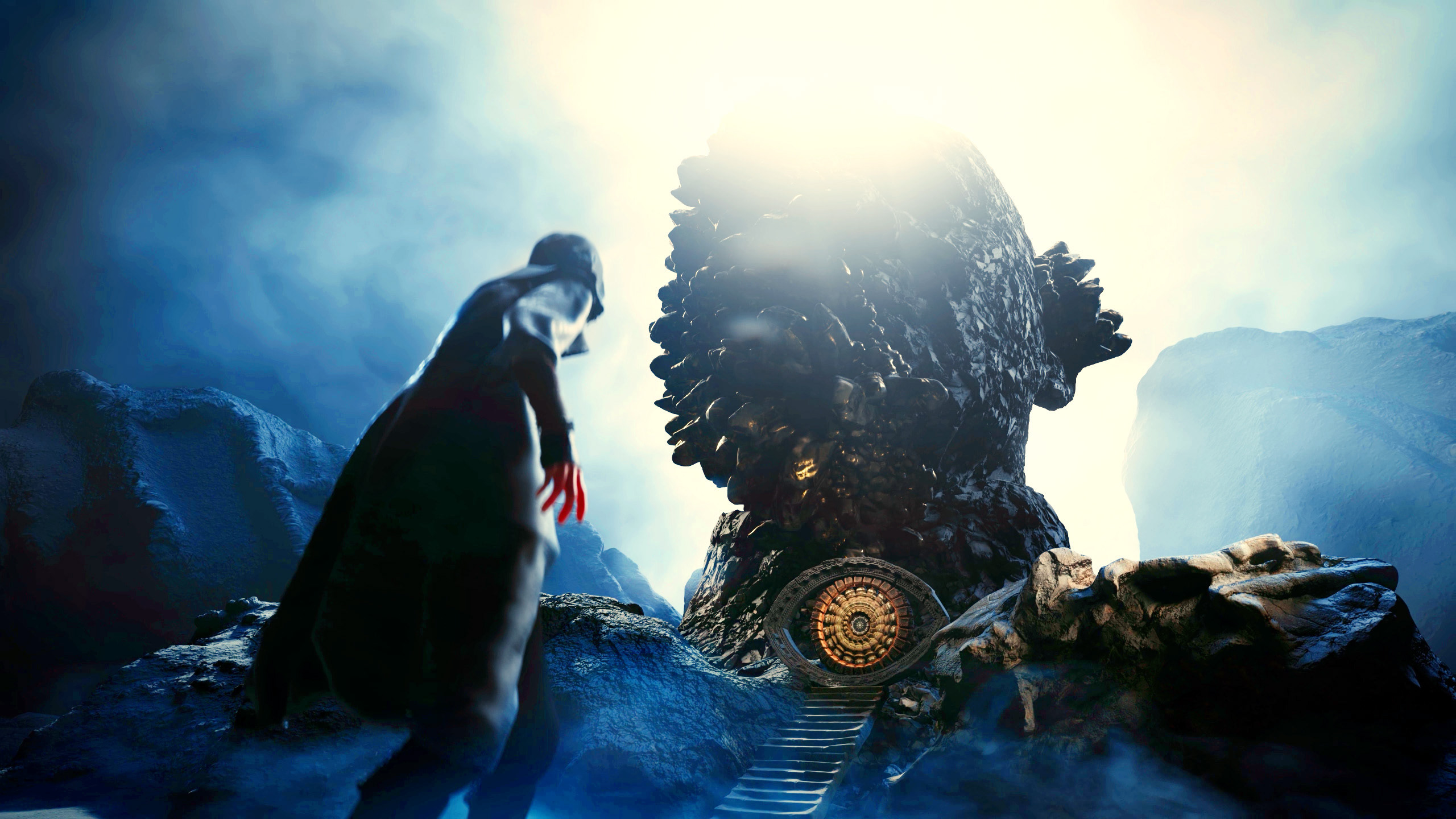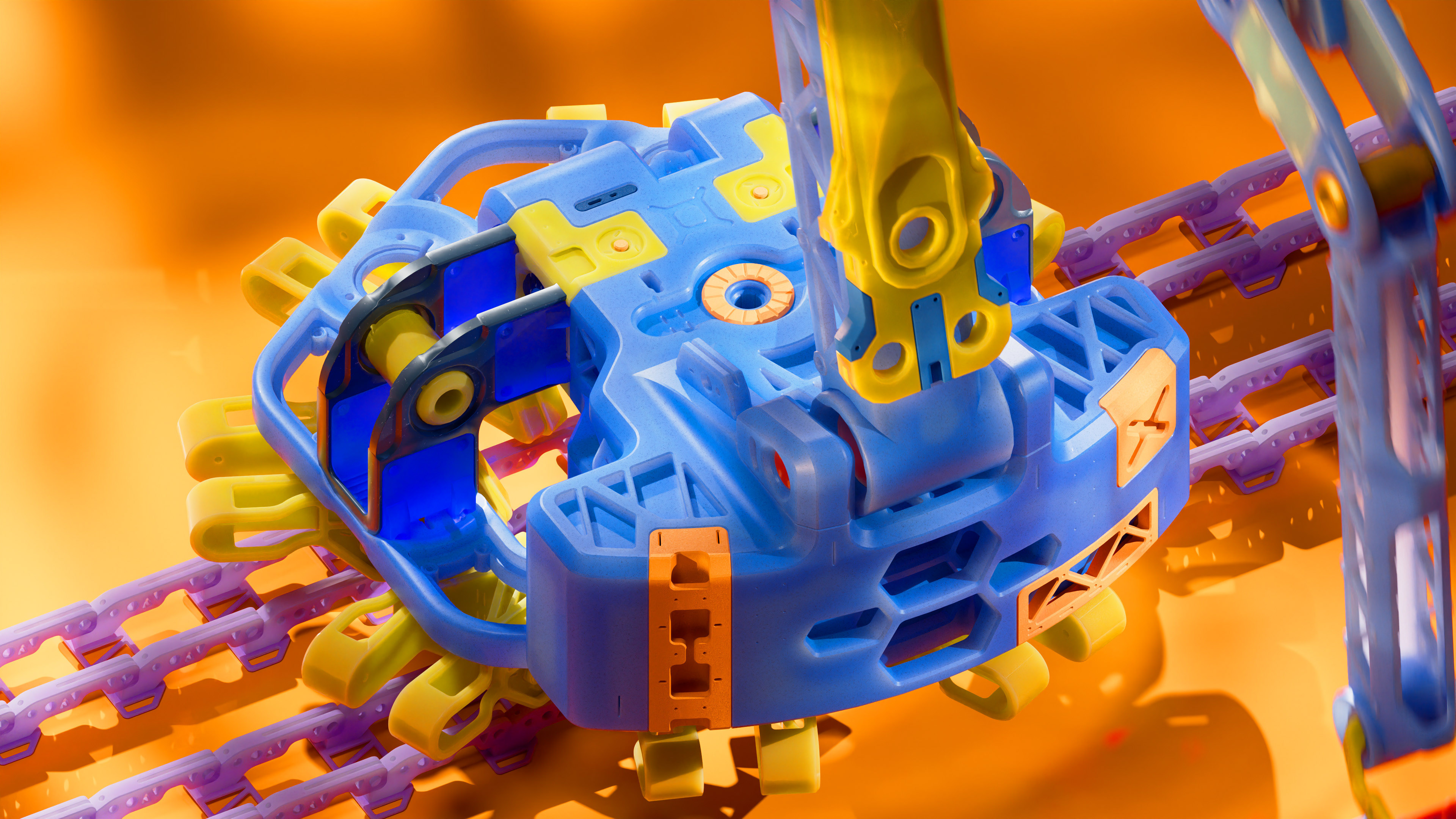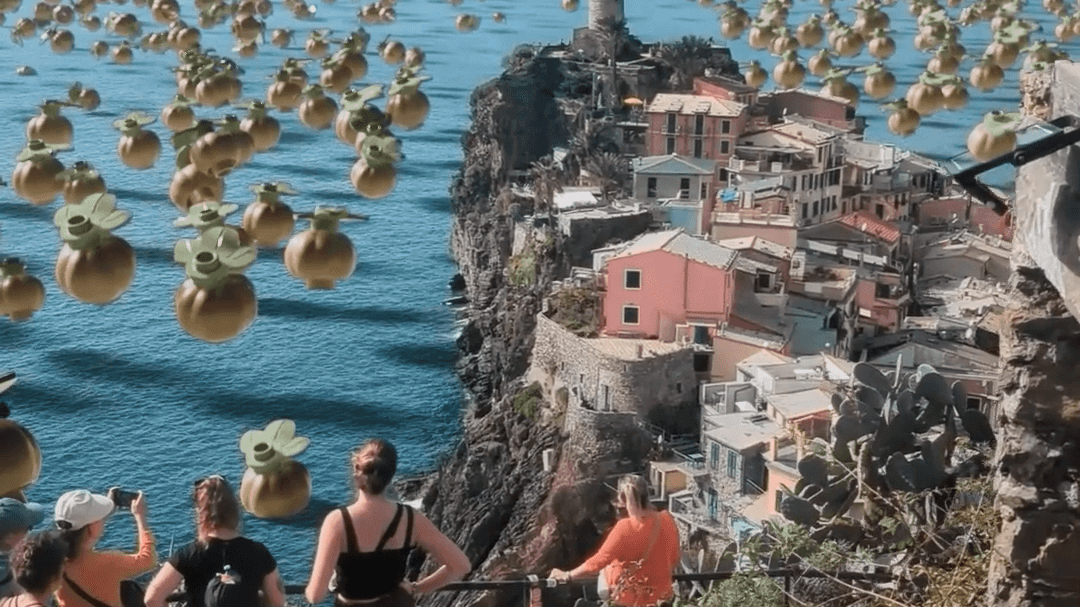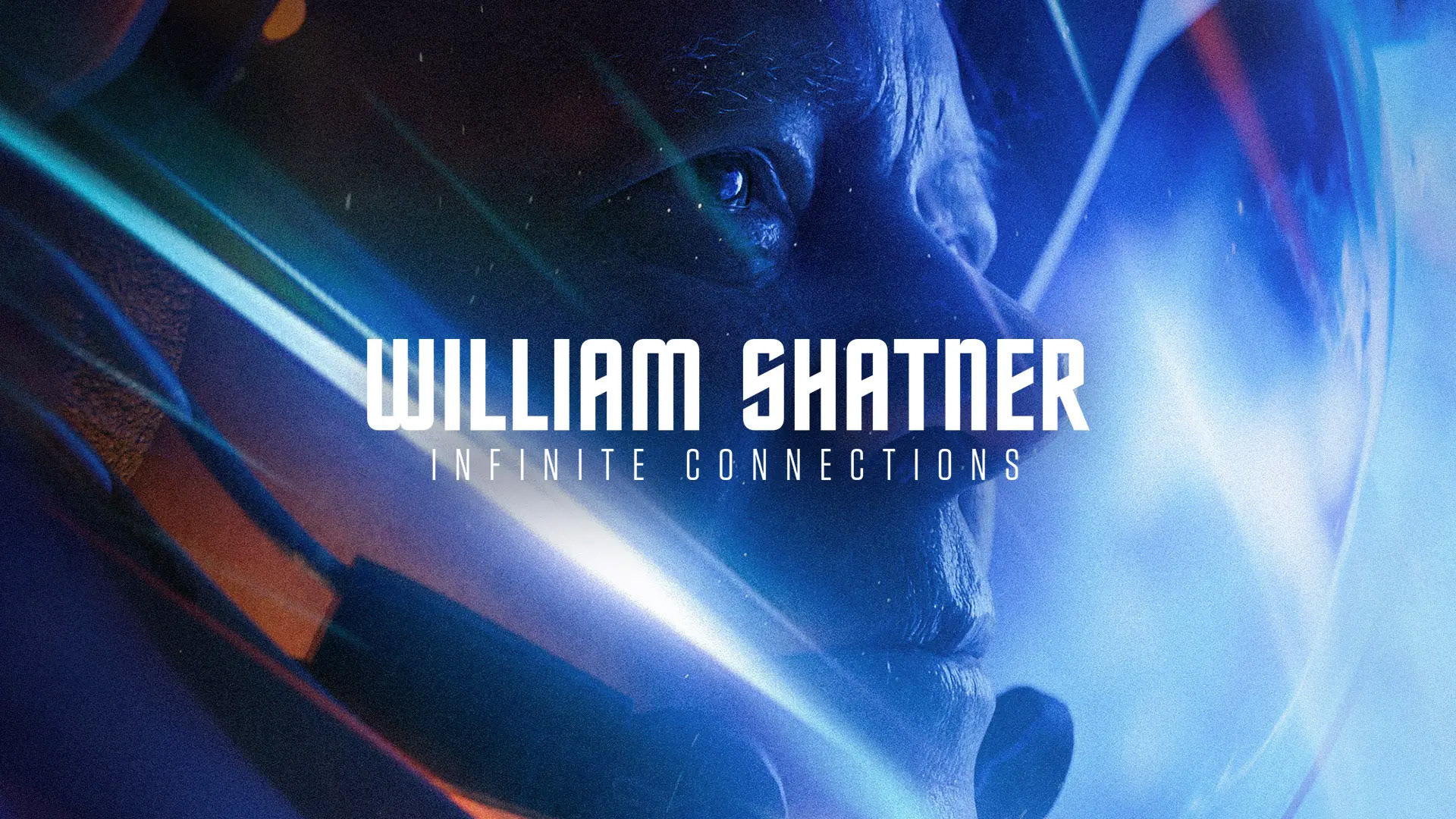EVERYTHING IS MULTIVERSE
At its heart, 'Everything is Multiverse' follows Benny — not just as a classic LEGO spaceman, but as a kind of cosmic fixer. He dives into fractured universes and moments of trauma we, as viewers, have carried with us from film history. Sometimes he heals those scars — like saving Gwen Stacy in The Amazing Spider-Man — rewriting a heartbreak into a hopeful “what if”.
Other times, his methods get a little… unhinged, like when he strapped a rocket to Ron’s car in order to rescue Harry Potter.
But behind the chaos lies a deeper story: Benny is building something greater. A team. A crew forged across dimensions, pieced together from different worlds, ready to set out on multiversal adventures. The short is both a playful mash-up and a love letter to the stories that shaped us, re-imagined brick by brick.


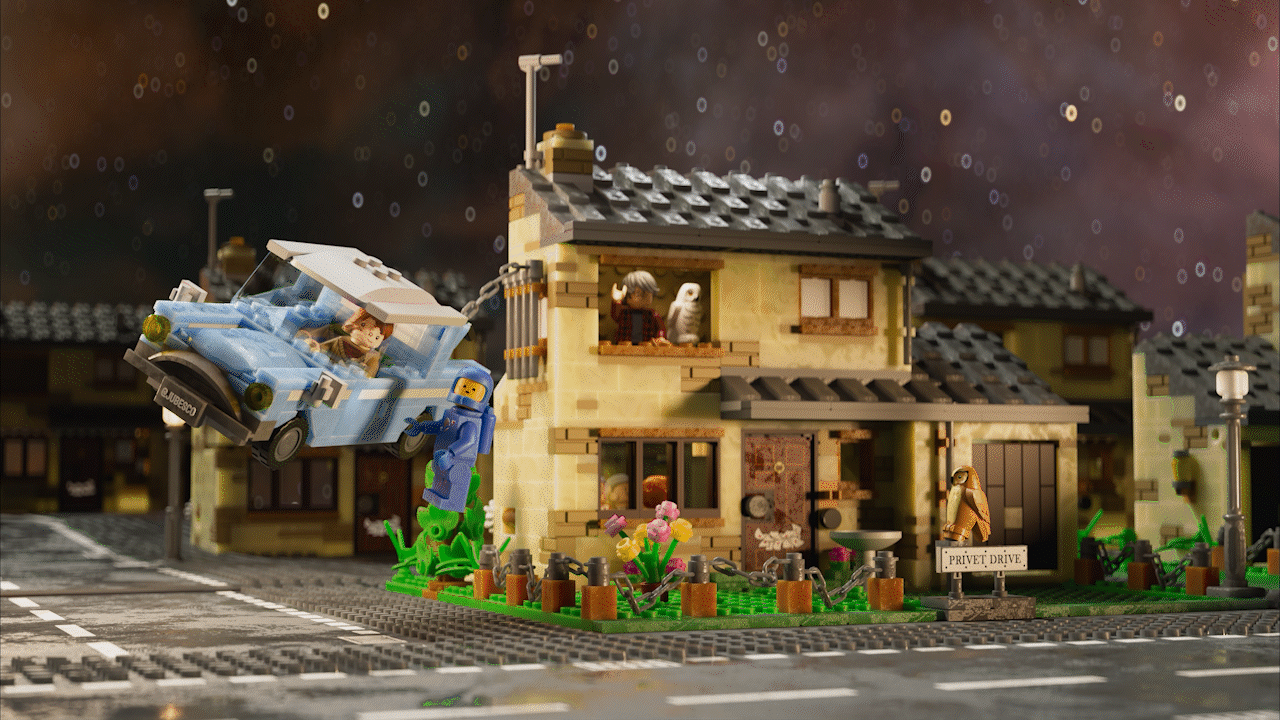
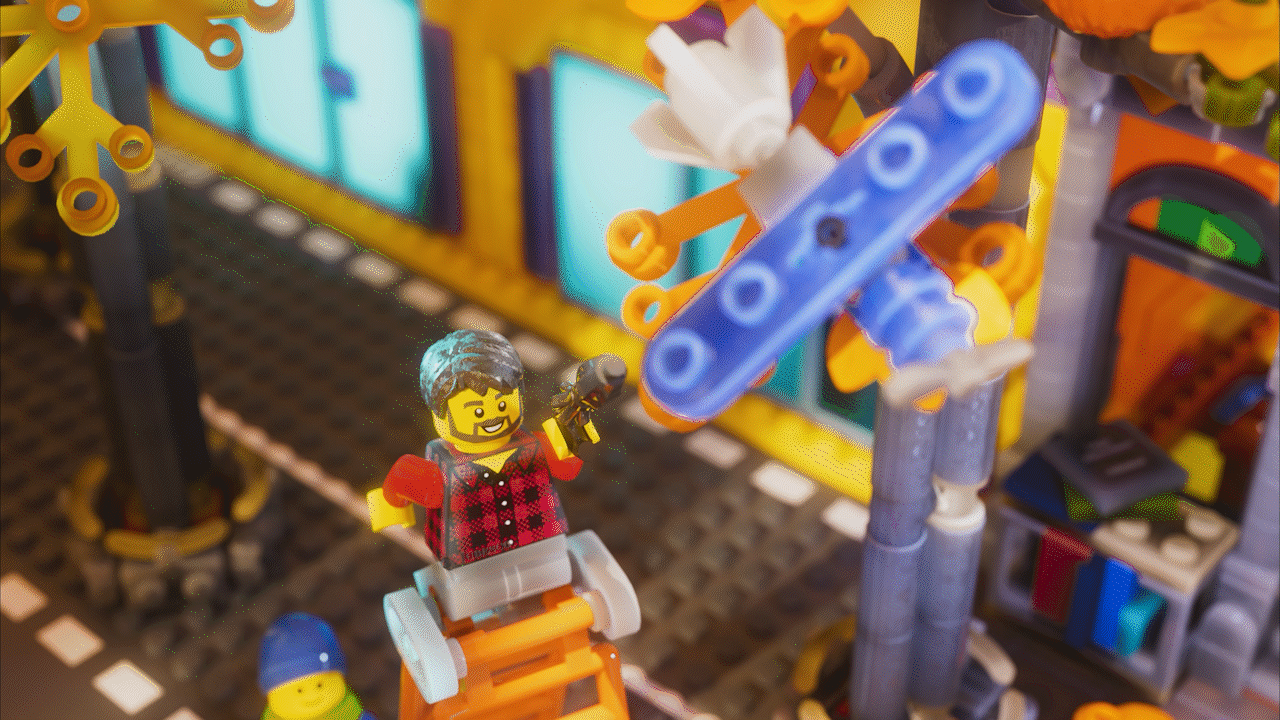
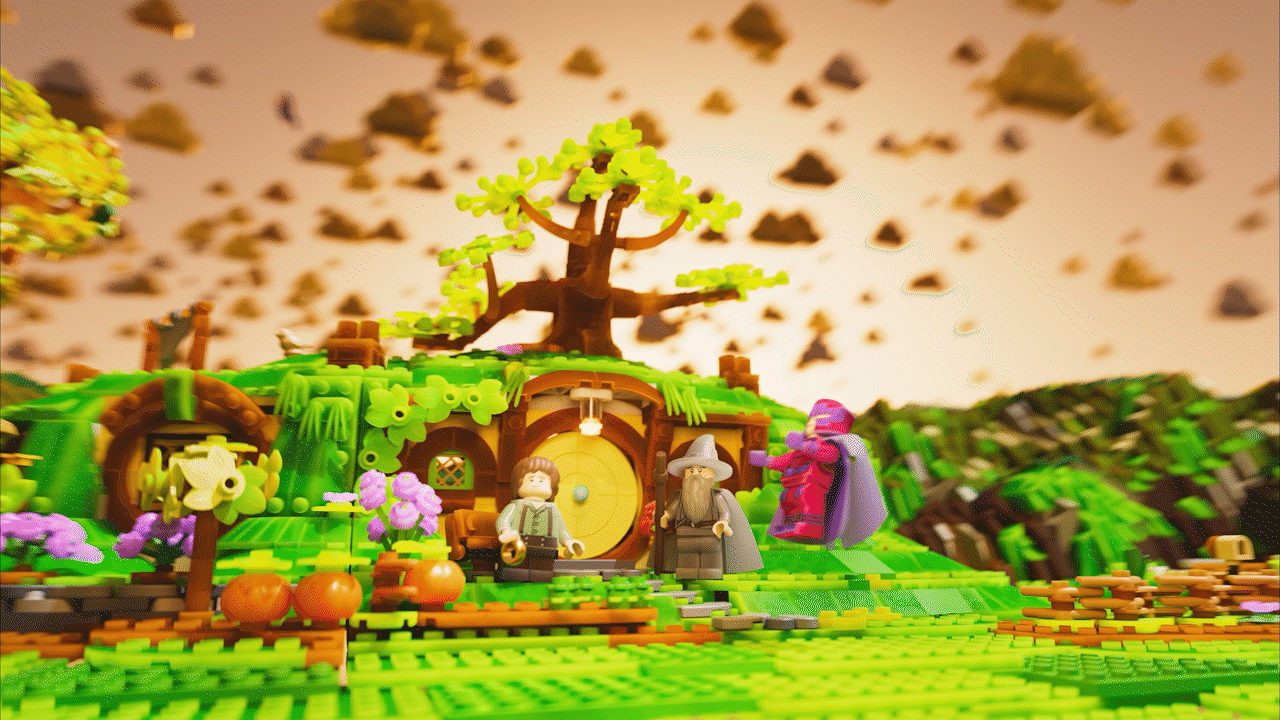
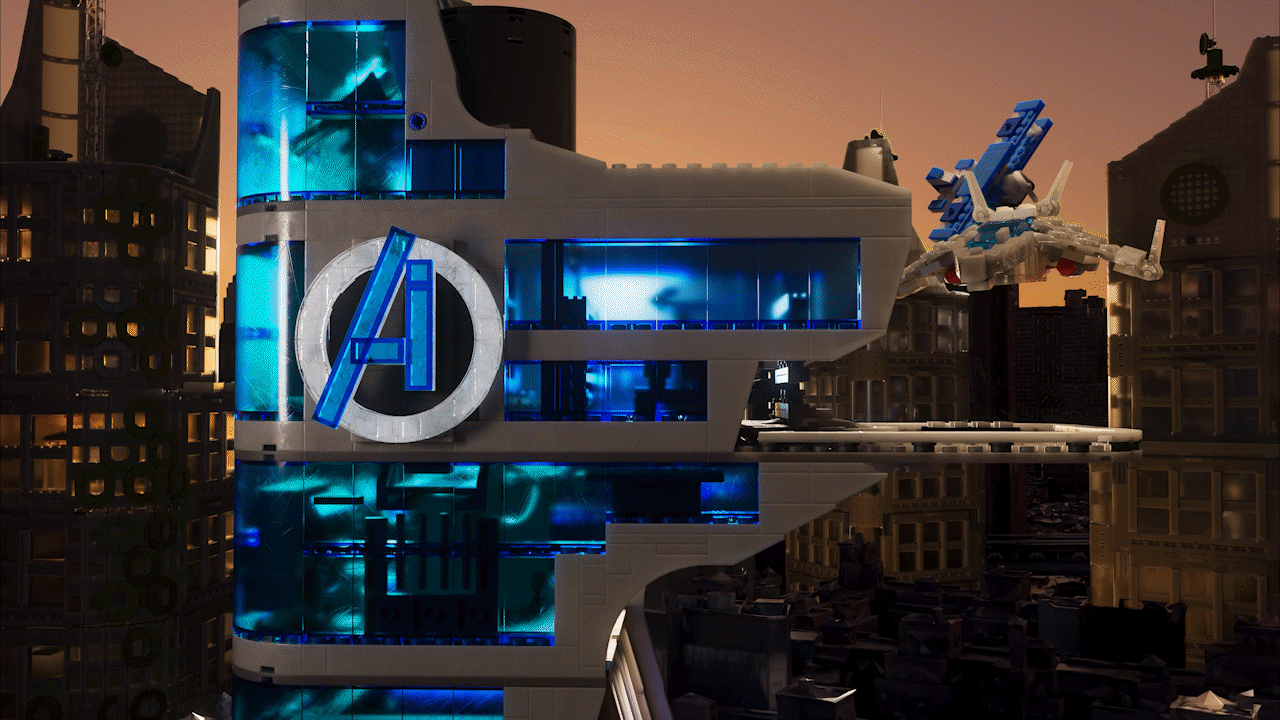
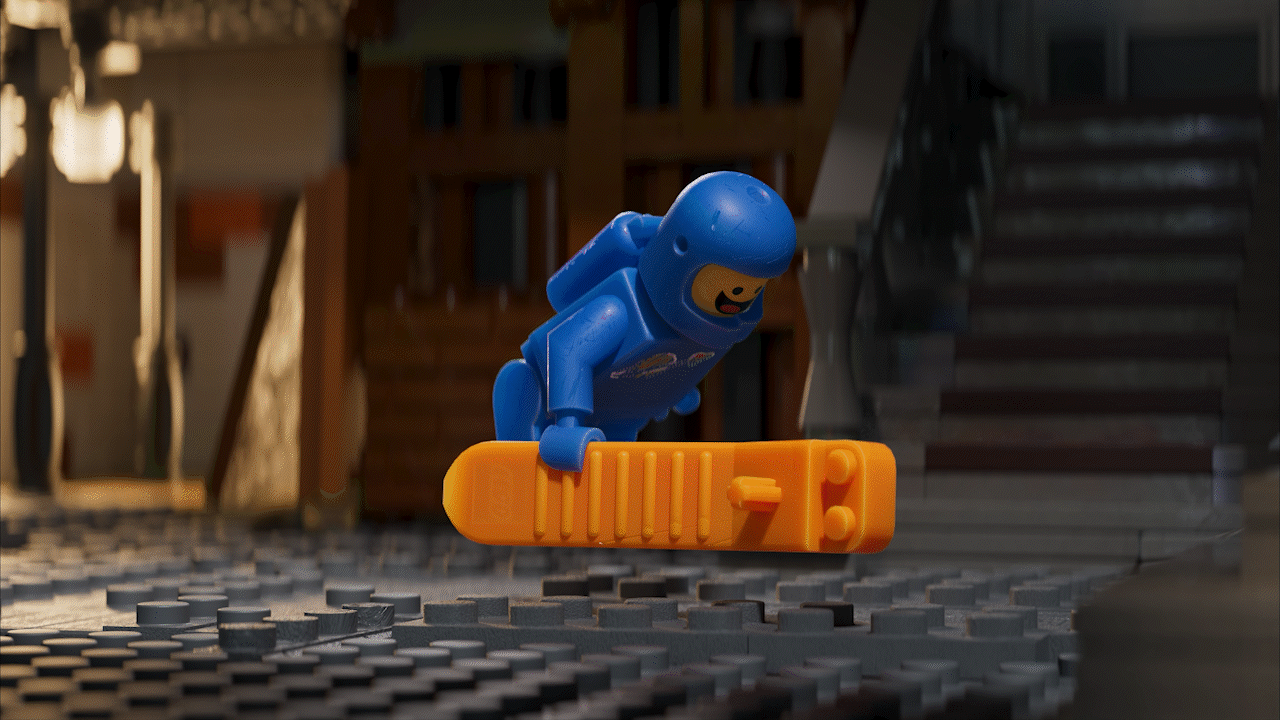
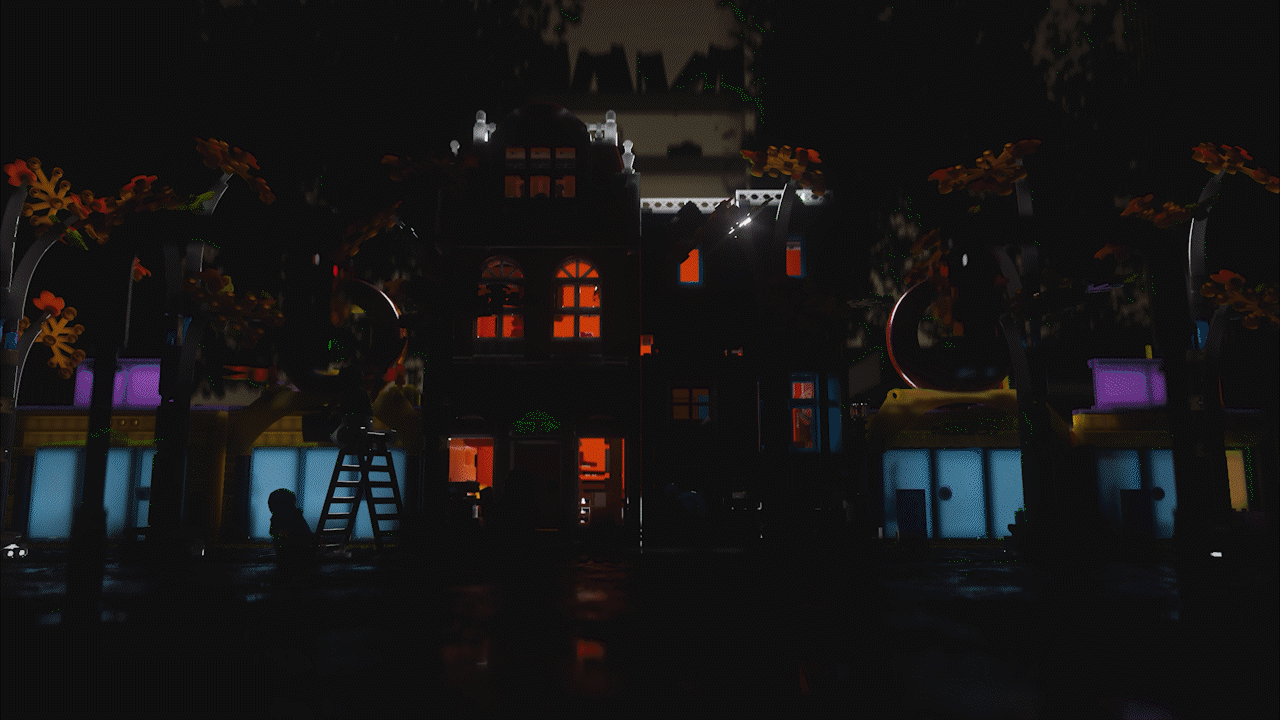

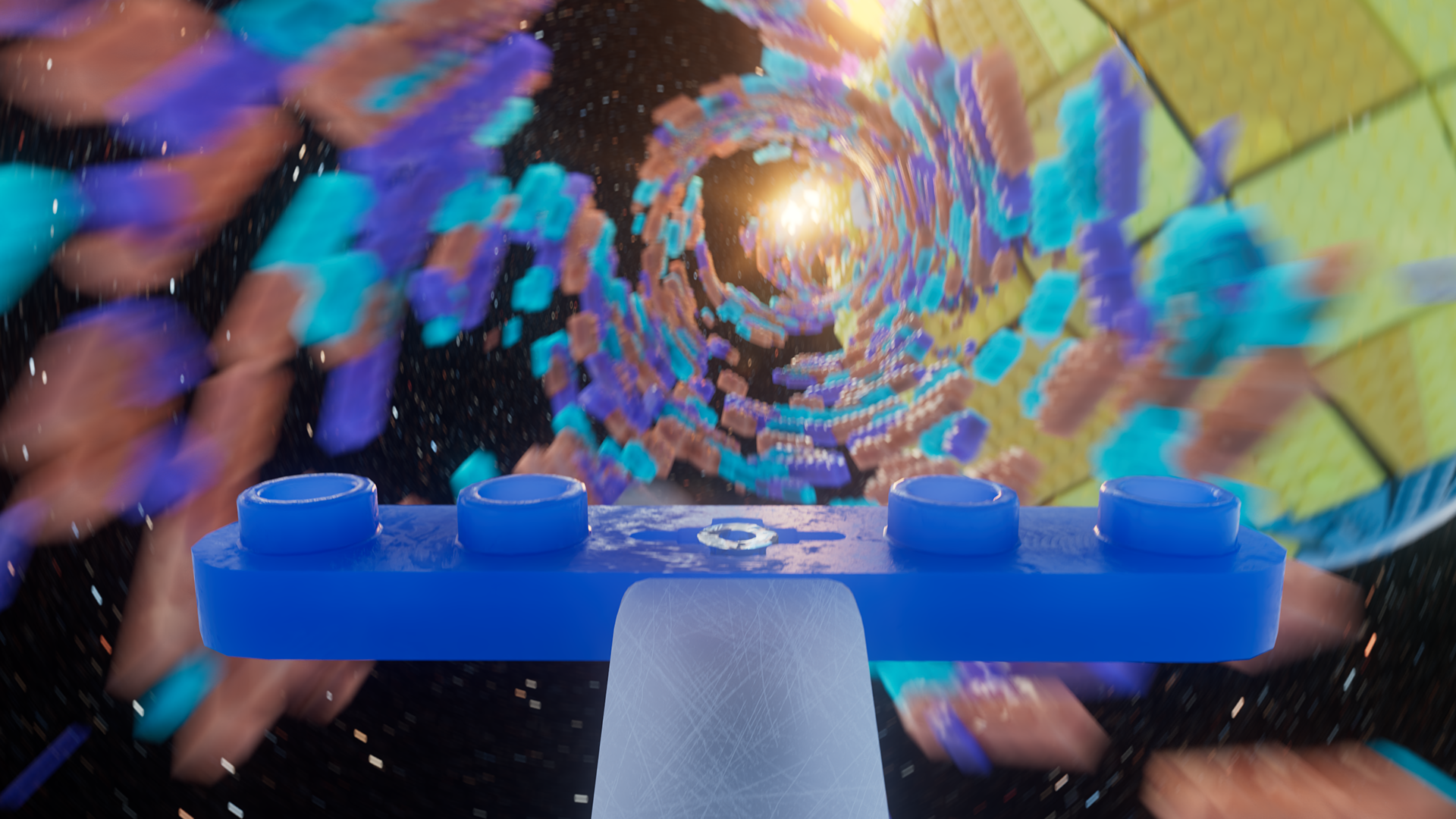
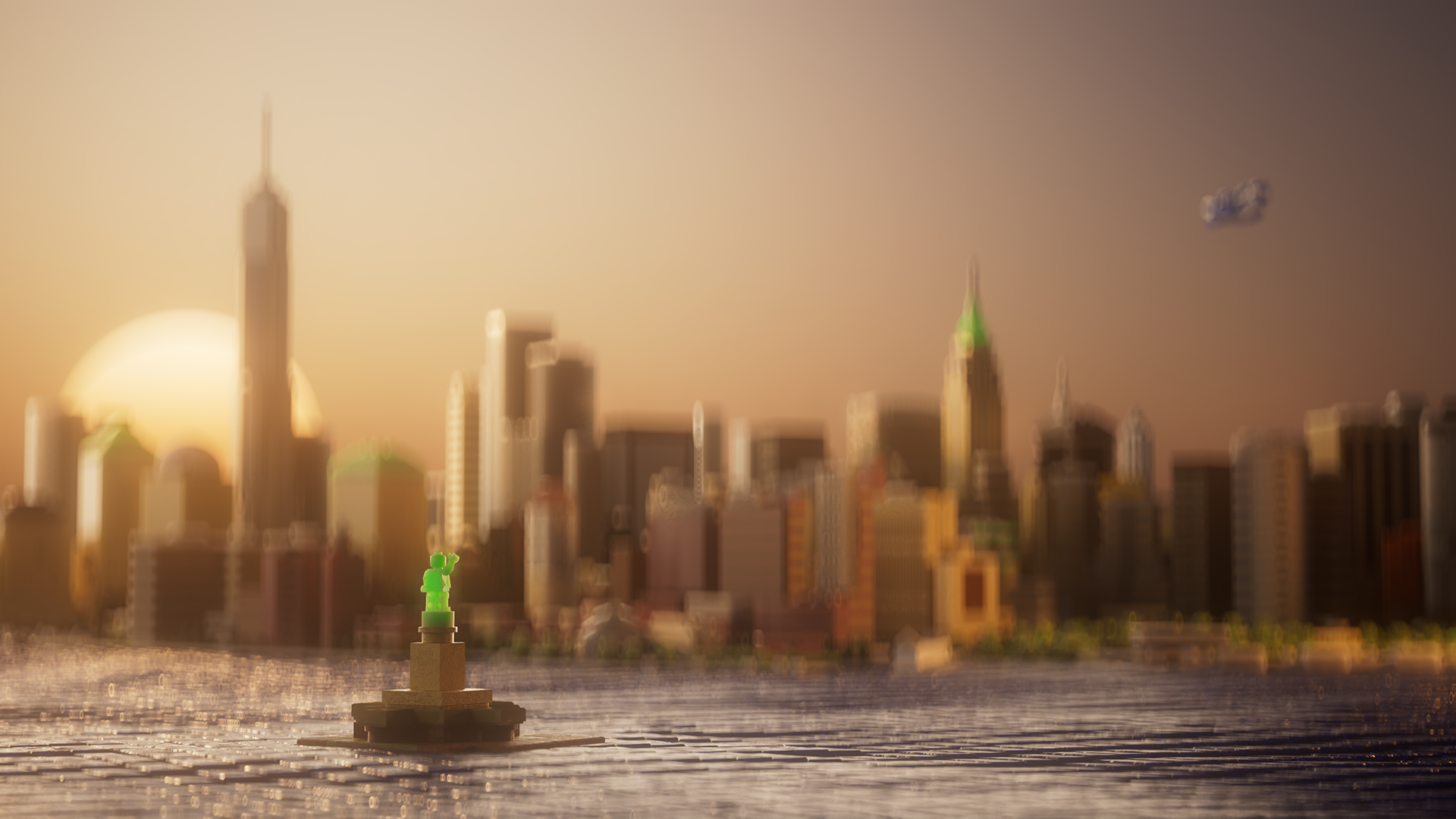

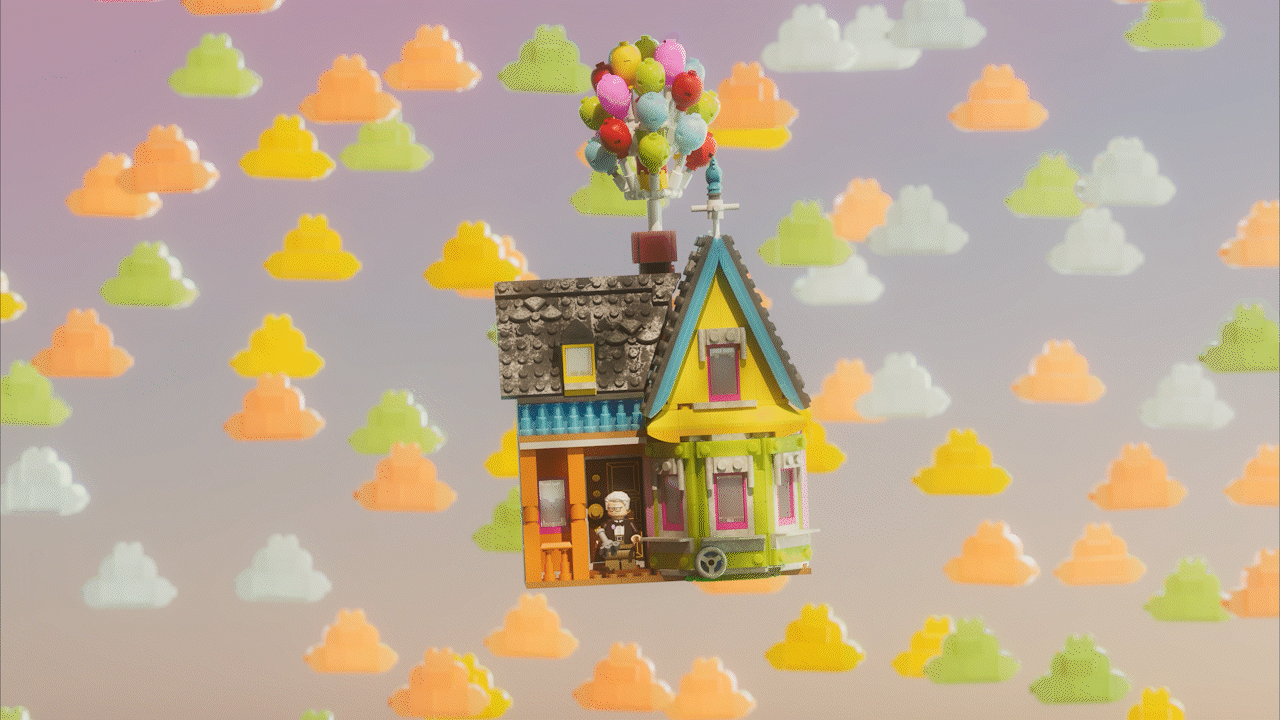
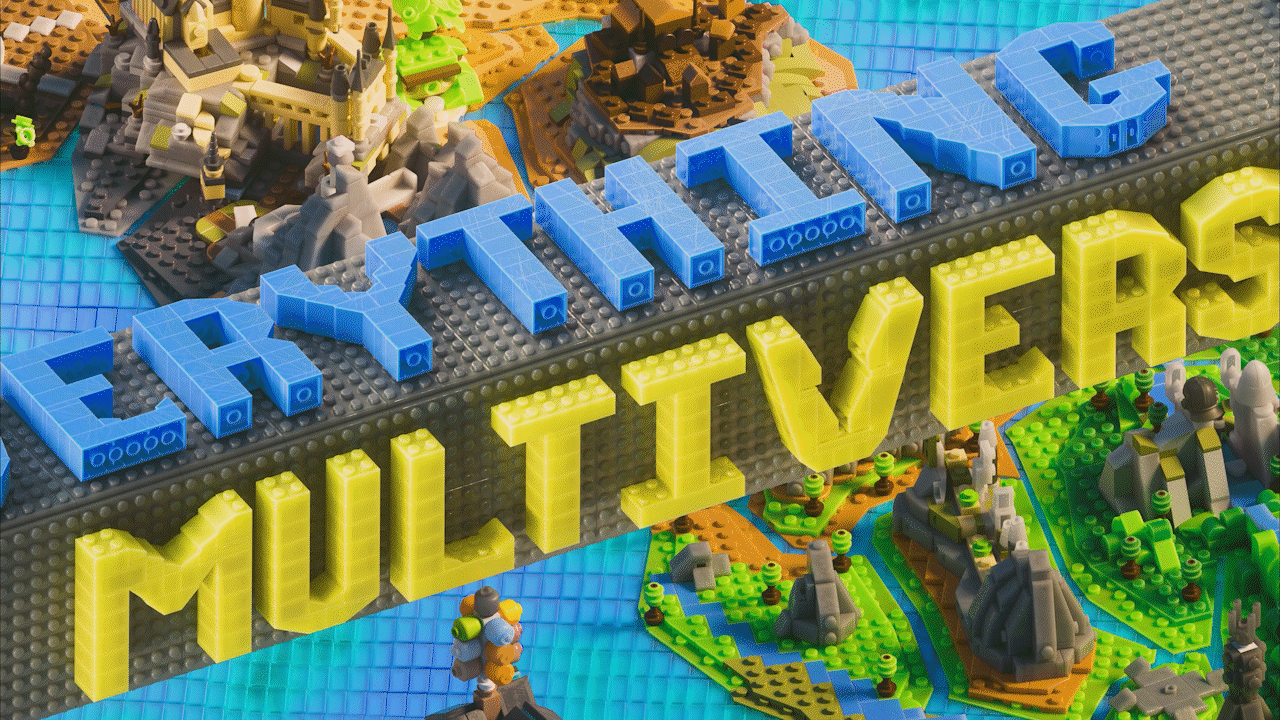

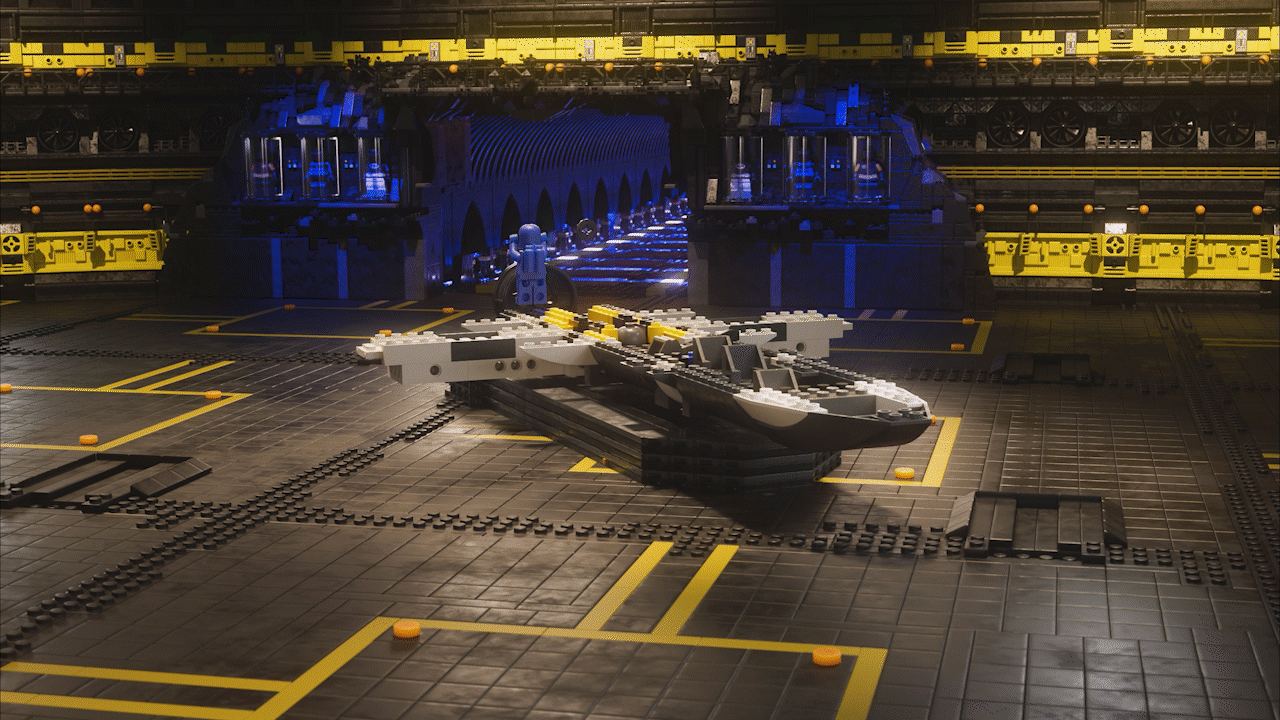
Look Development
While I’ve always admired the vibrant and tactile look of The LEGO Movie, I wanted to bring a unique twist to 'Everything is Multiverse'. Midway through production, I found myself captivated by the subsurface glow of soaps—especially the translucence of clear soap bars. That quality became a key inspiration, influencing how I approached the materials and lighting in the film.
This shift in style was also made possible thanks to the then recent updates in Redshift’s subsurface scattering system, particularly the addition of random walk SSS, which allowed for richer, more organic variation in the materials. By combining that with conscious color choices and intentional art direction, I was able to push the visuals toward something that felt both fresh and distinctive.
To stay rooted in the world we know and love from the official LEGO films, I incorporated micro surface imperfections and adopted a lighting approach similar to the cinematic style used in those movies.
The result is a look that bridges the familiar charm of LEGO with a slightly surreal, glowing quality—something new yet instantly recognizable.
References for color and look of the bricks.
Some Visual Tests
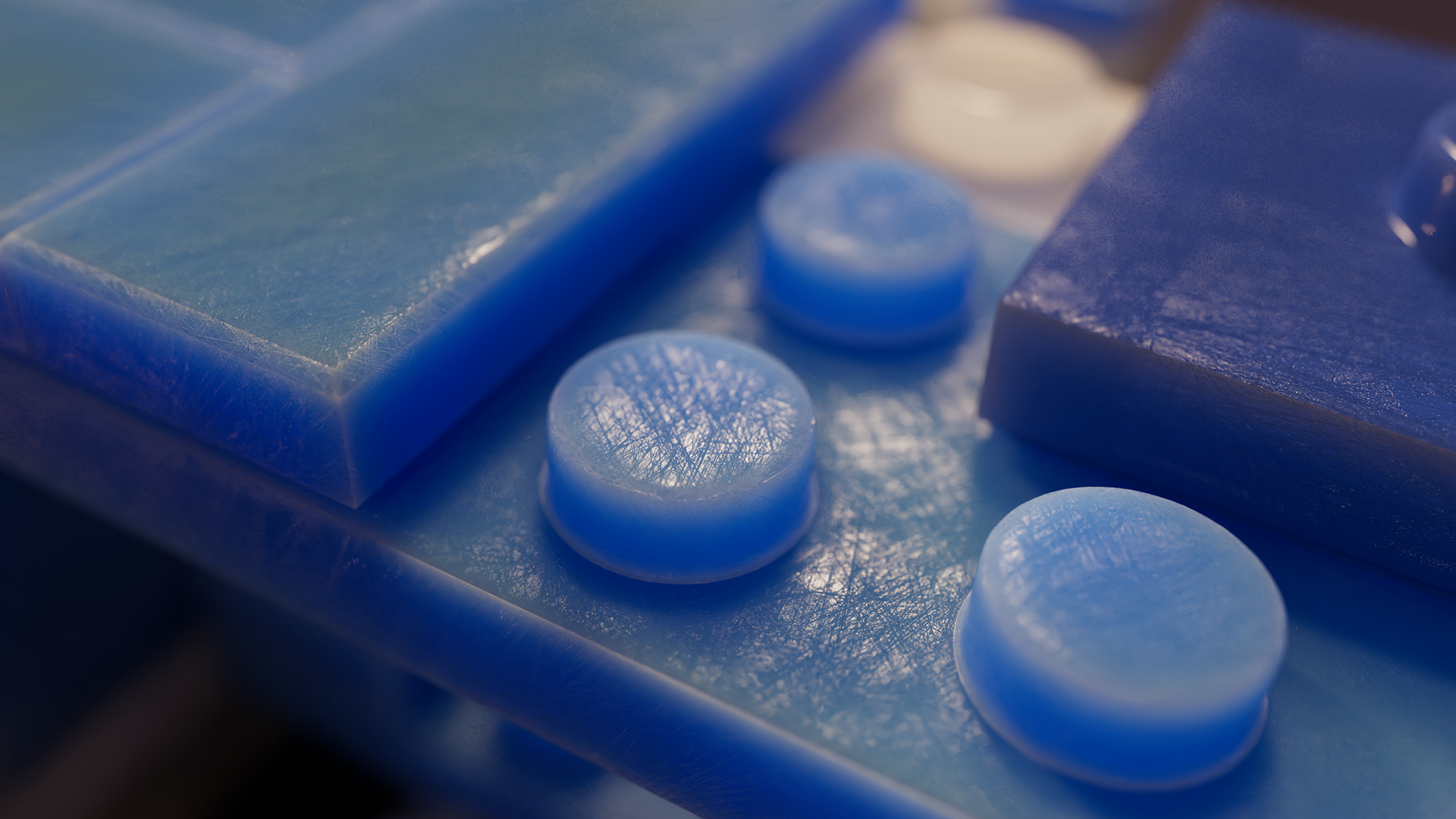
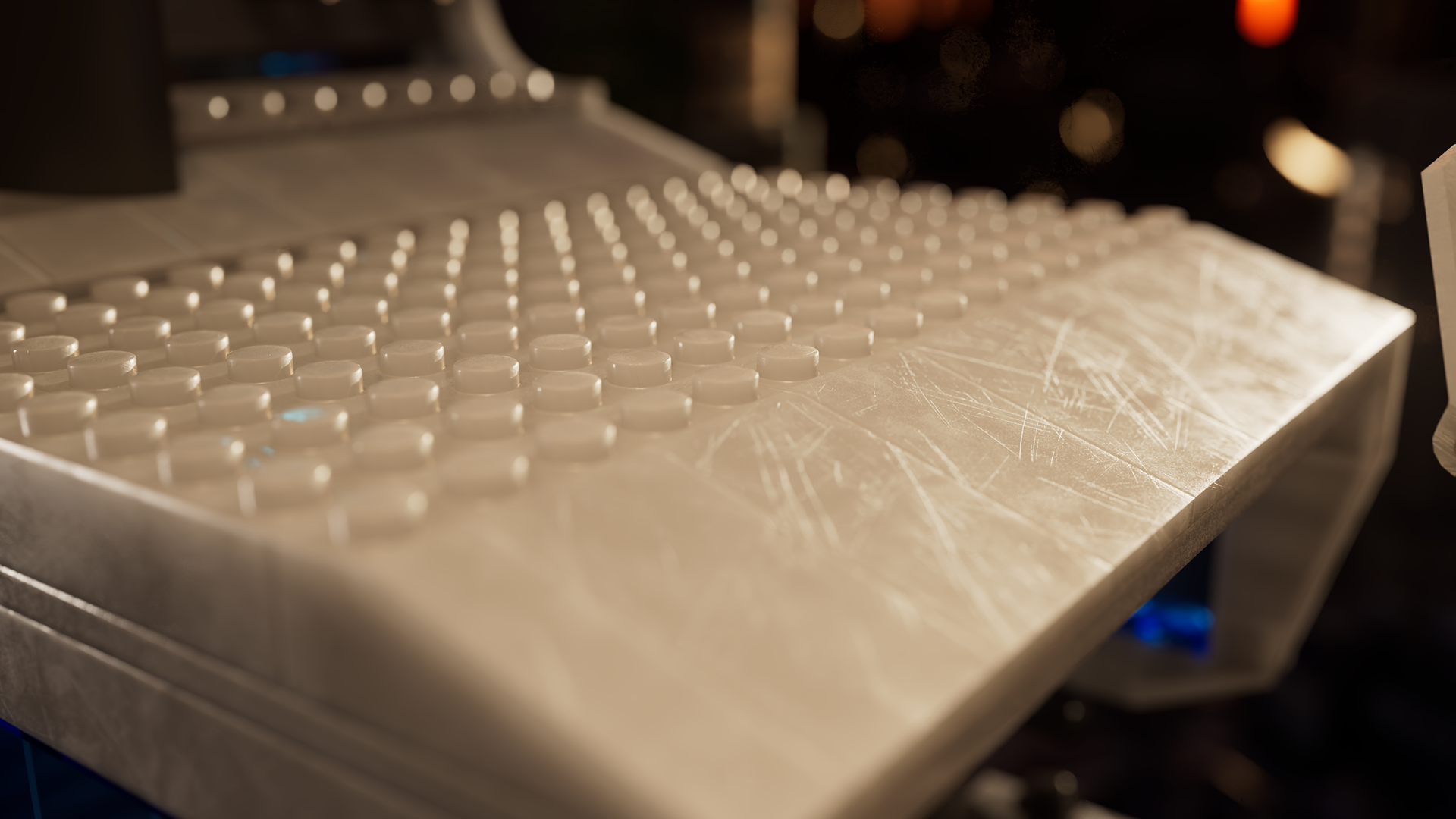

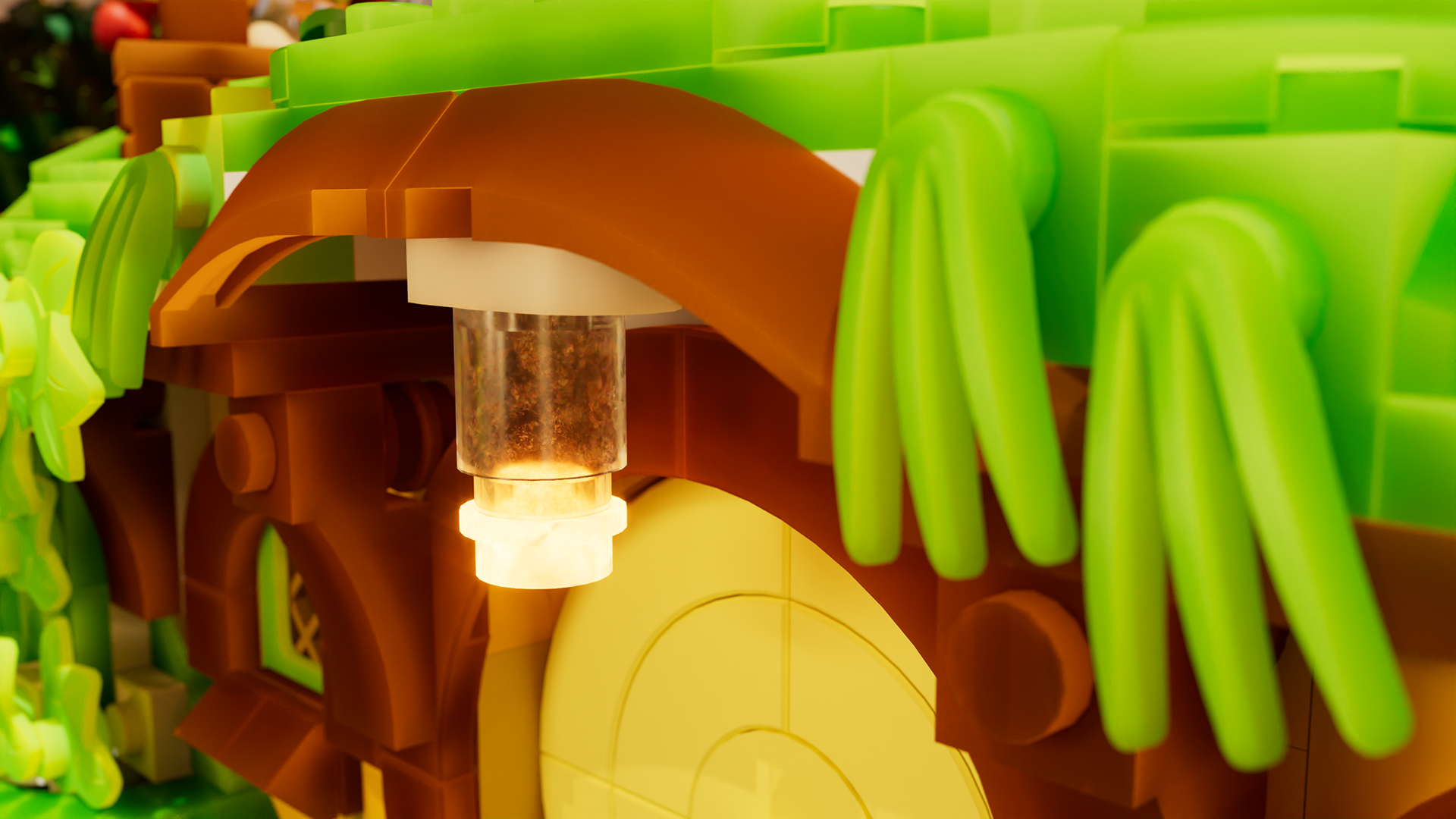
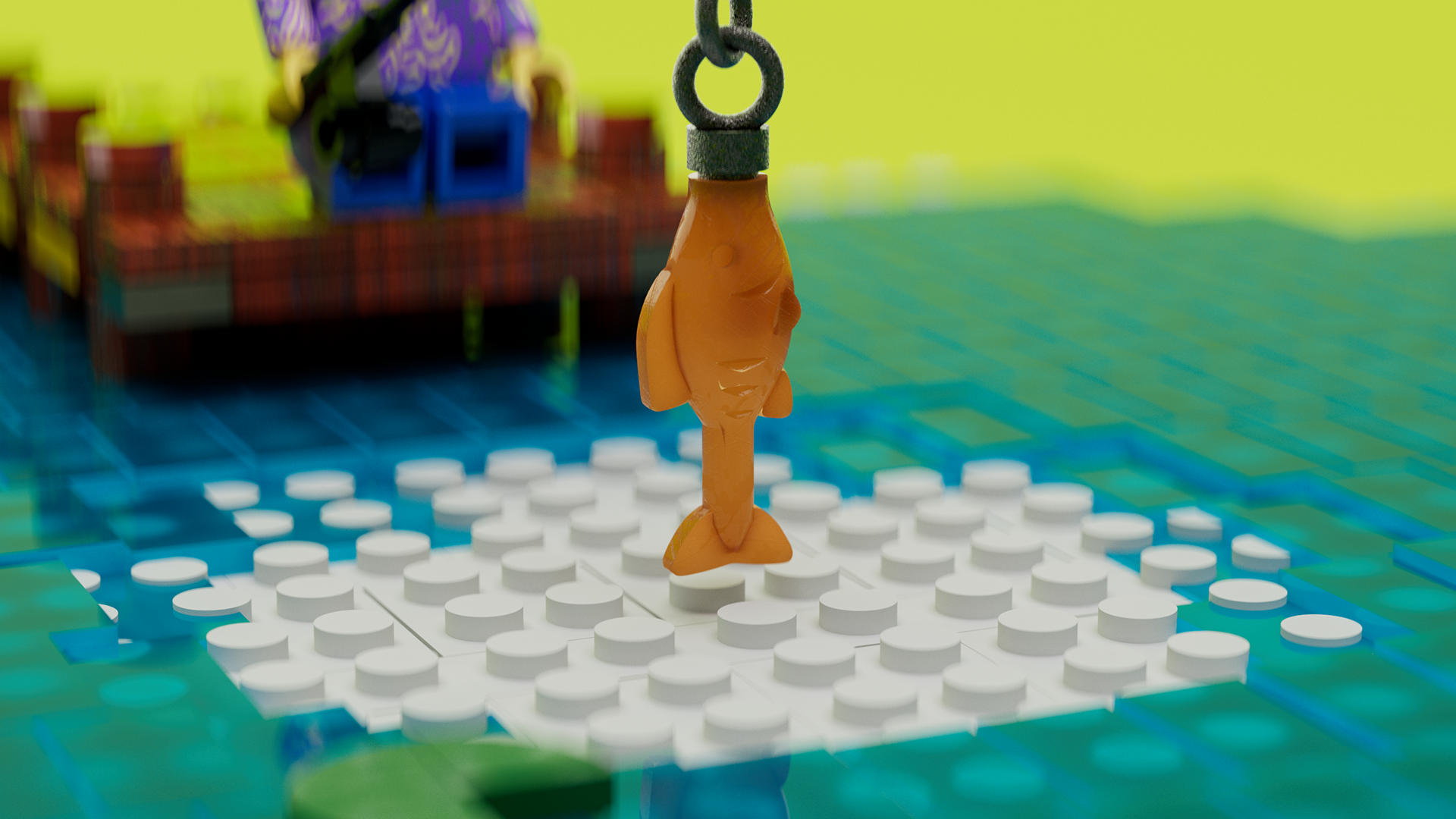

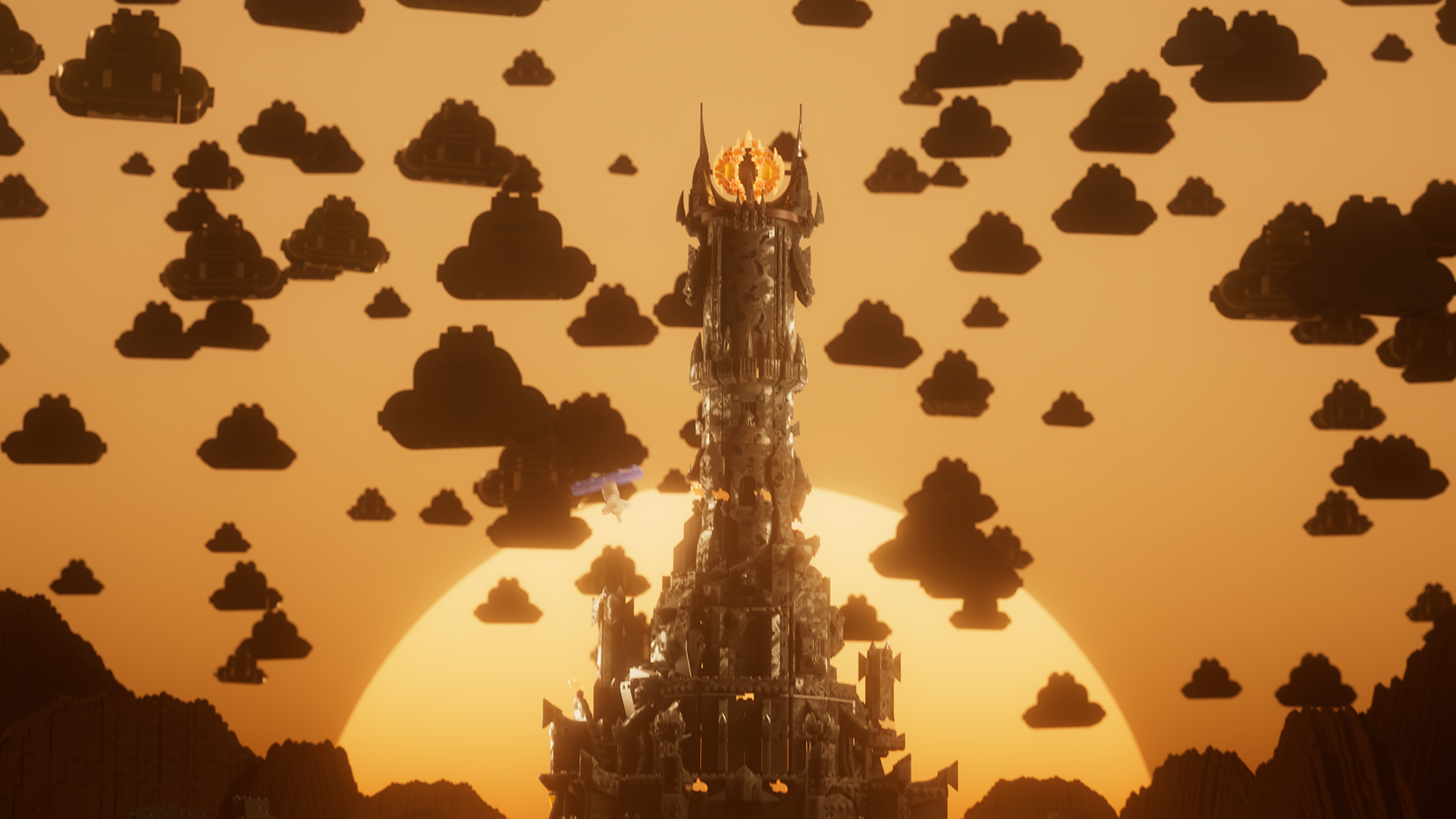
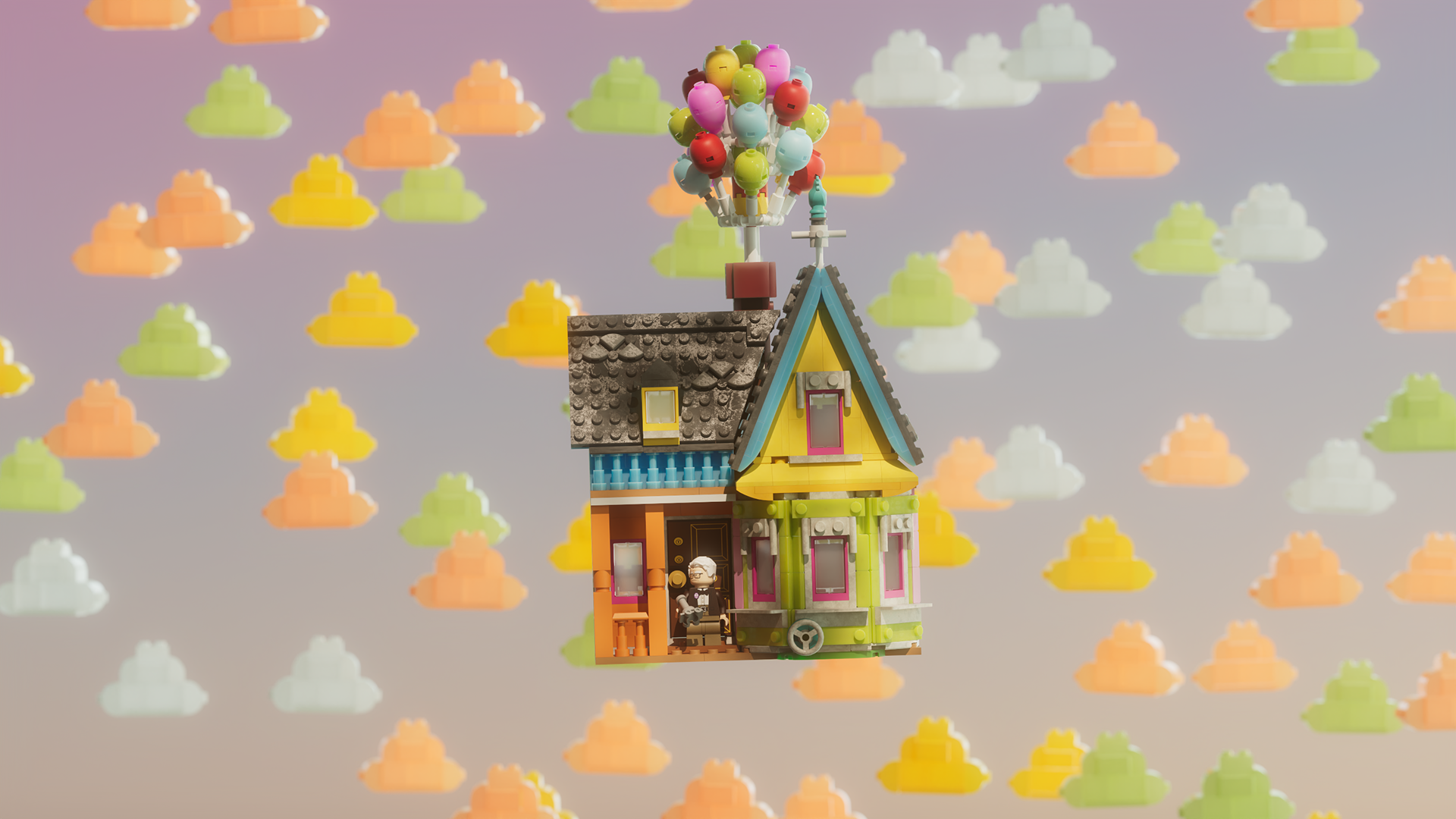
Character Model Close Up
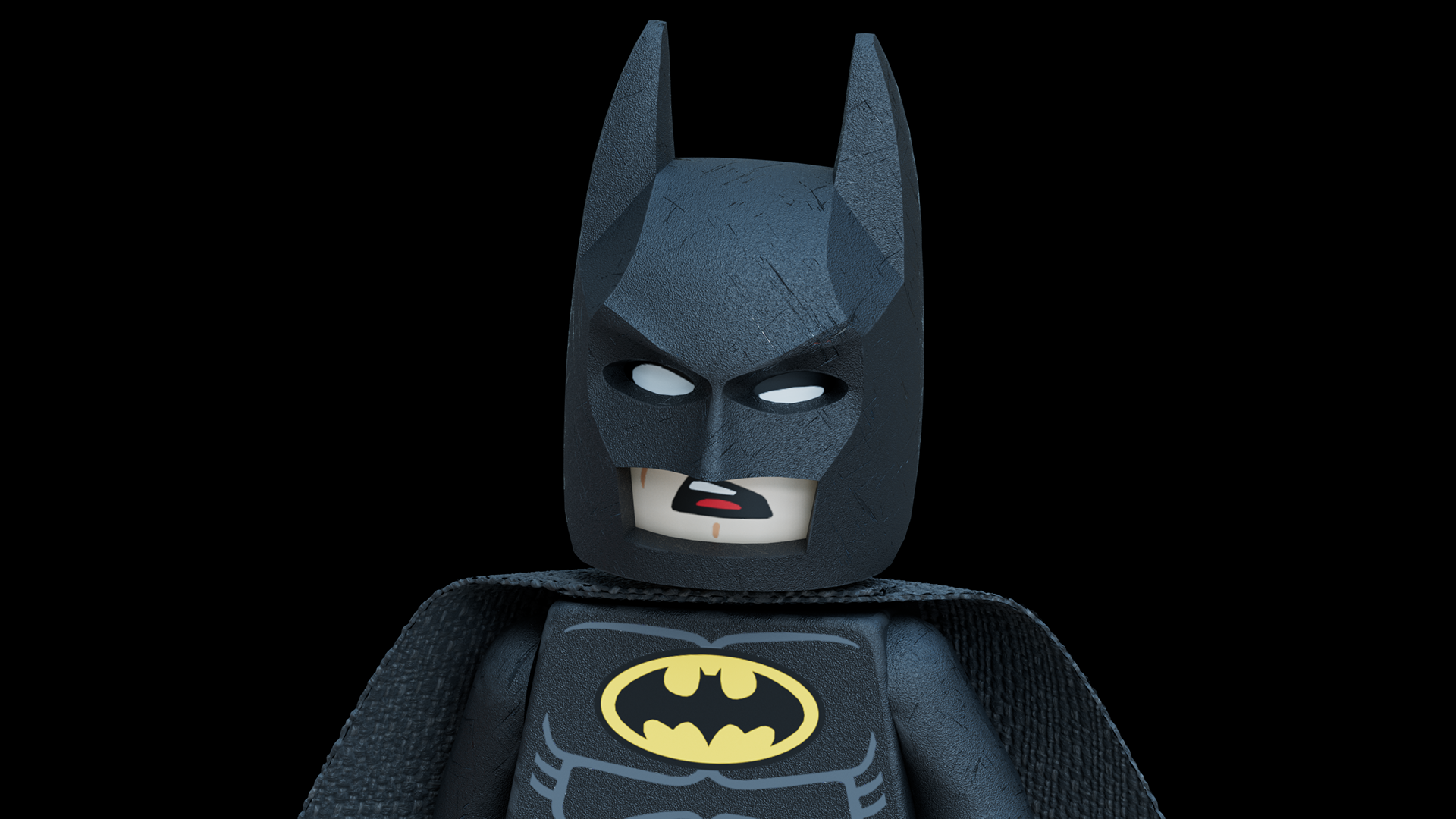
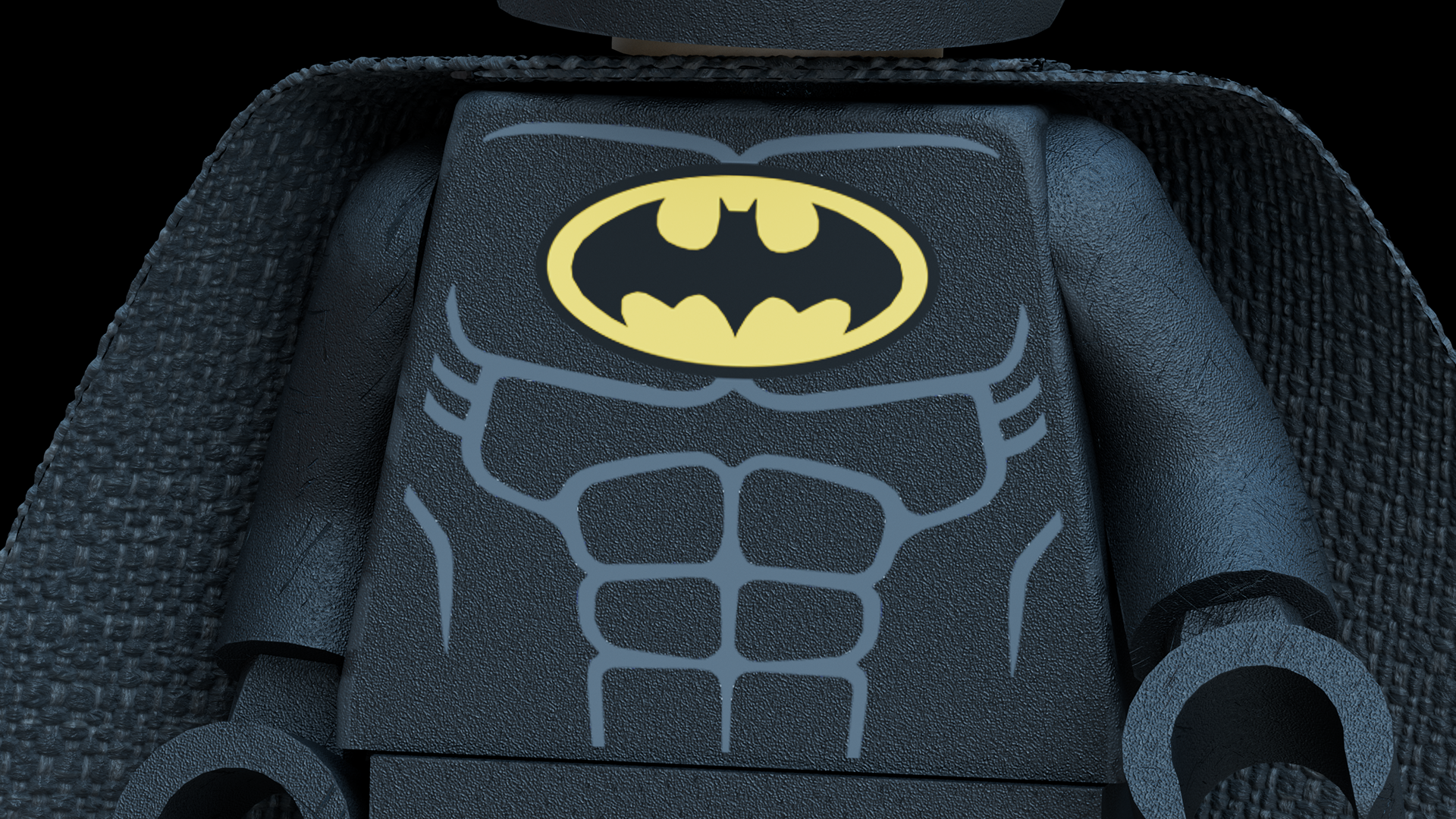
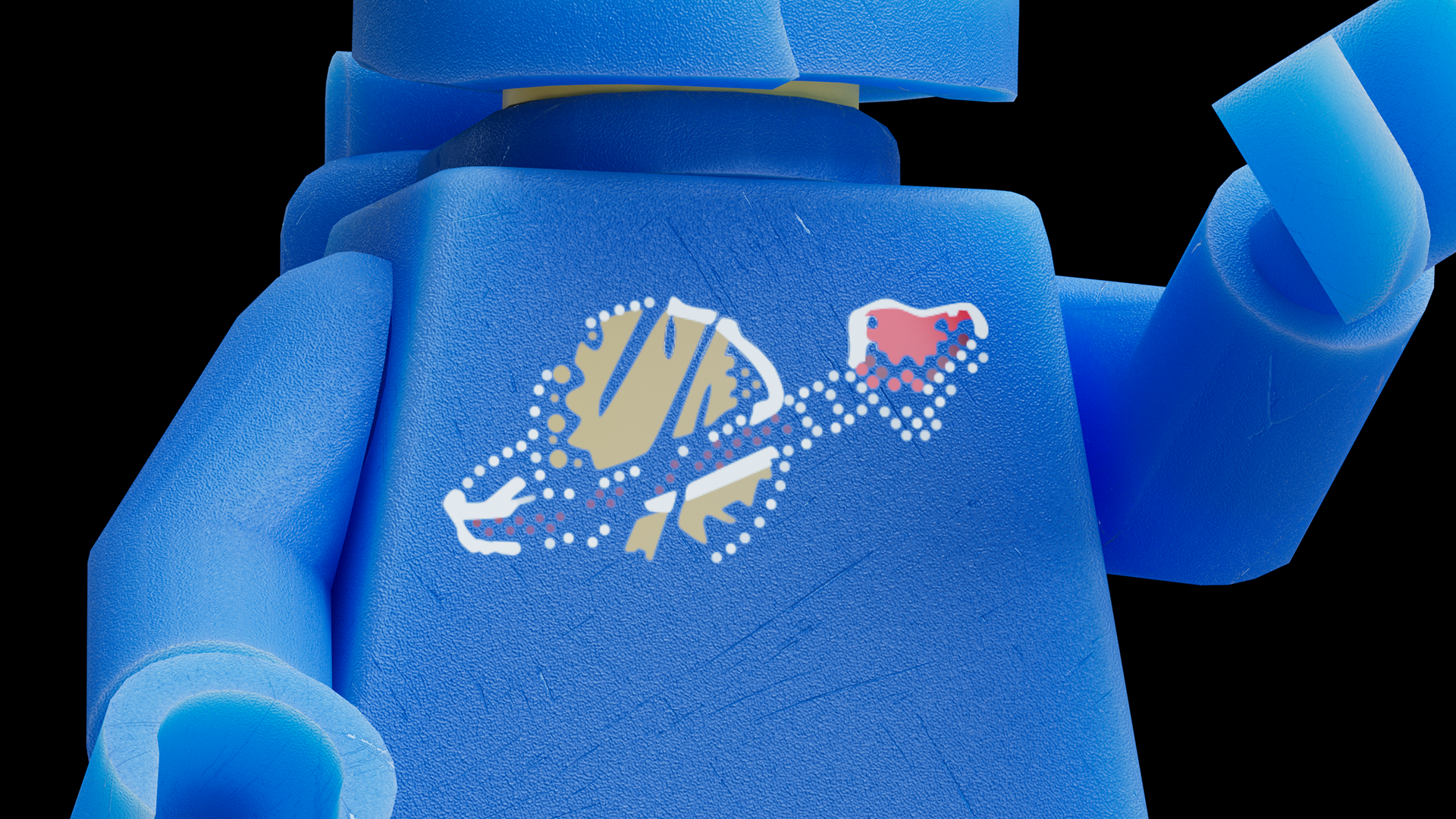

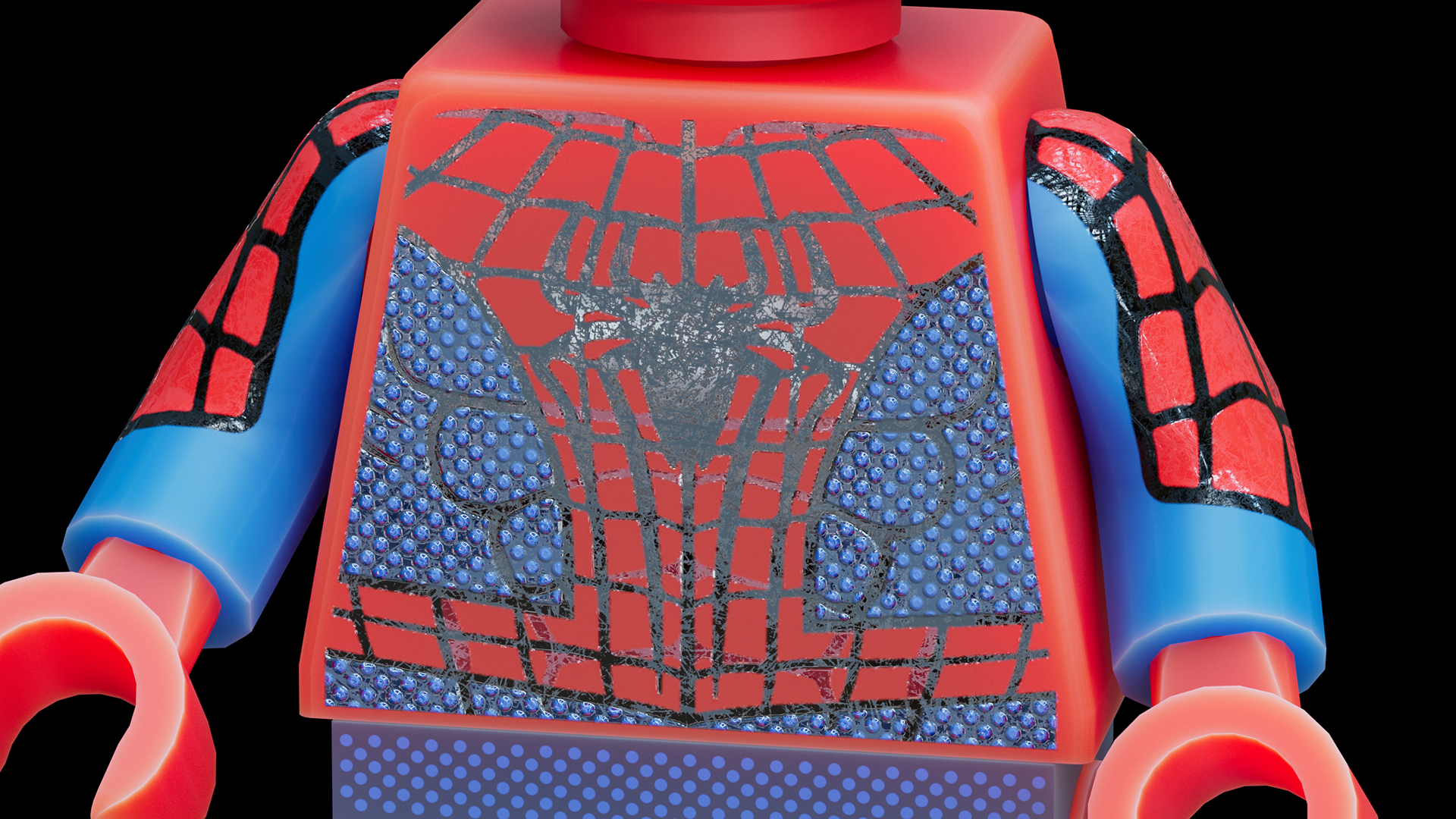
I kept the shaders fairly simple since subsurface scattering was already doing a lot of the heavy lifting, and I wanted to keep render times reasonable. Here’s a look at the base shader setup I used. I also made use of Redshift’s 'sticker workflow' to layer on the costume details. It gave me the flexibility to experiment with character looks without overcomplicating the materials.
Story And Characters
In Everything is Multiverse, a quiet LEGO set in an ordinary home springs to life when a tiny blue plane takes off and flies through a LEGO Dimensions portal.
The plane journeys across worlds — from Middle-earth to New York City — where its pilot is revealed to be Benny the Spaceman.
On a mission to form a multiversal team, Benny’s adventure spirals through encounters with Doctor Strange at Central Perk, a Harry Potter rescue, and even a stop at the Love Actually house, where he recruits Batman and Iron Man.
It all ends with the trio gearing up for their next cosmic LEGO adventure.
The plane journeys across worlds — from Middle-earth to New York City — where its pilot is revealed to be Benny the Spaceman.
On a mission to form a multiversal team, Benny’s adventure spirals through encounters with Doctor Strange at Central Perk, a Harry Potter rescue, and even a stop at the Love Actually house, where he recruits Batman and Iron Man.
It all ends with the trio gearing up for their next cosmic LEGO adventure.
Here are a few character turntables and noteworthy vehicles from the short
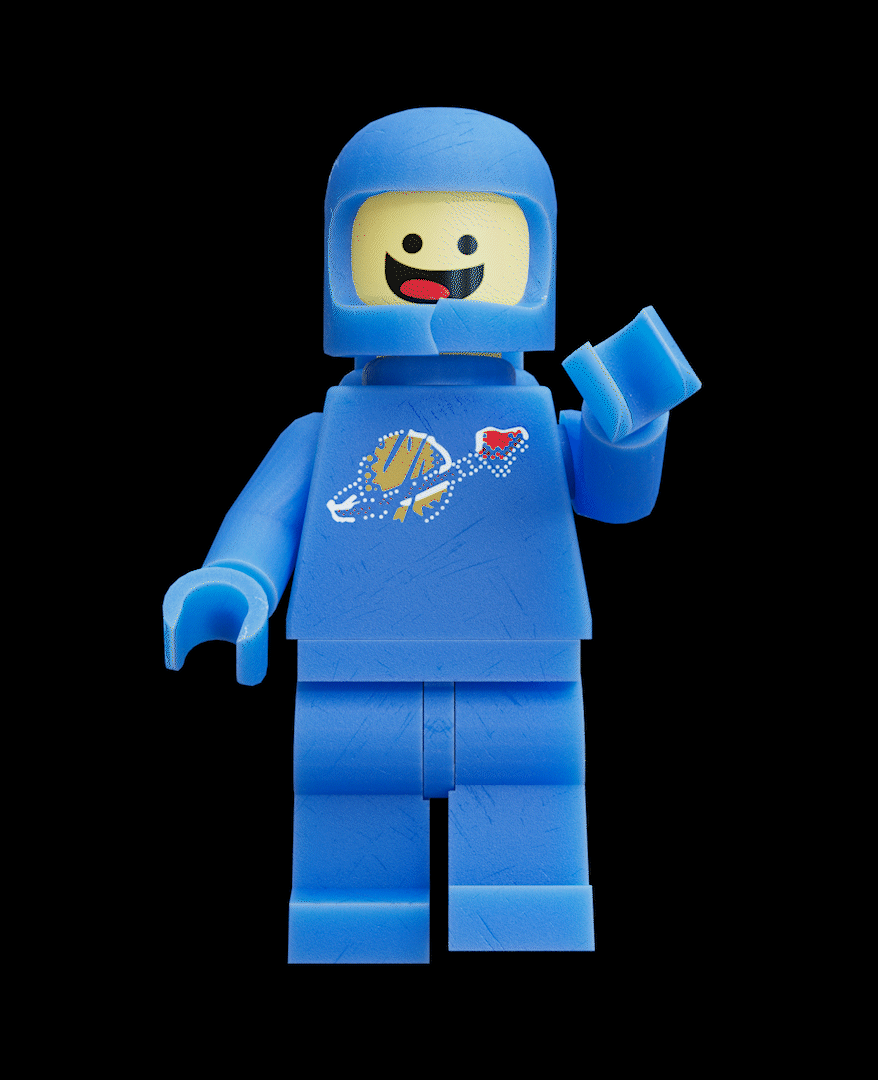
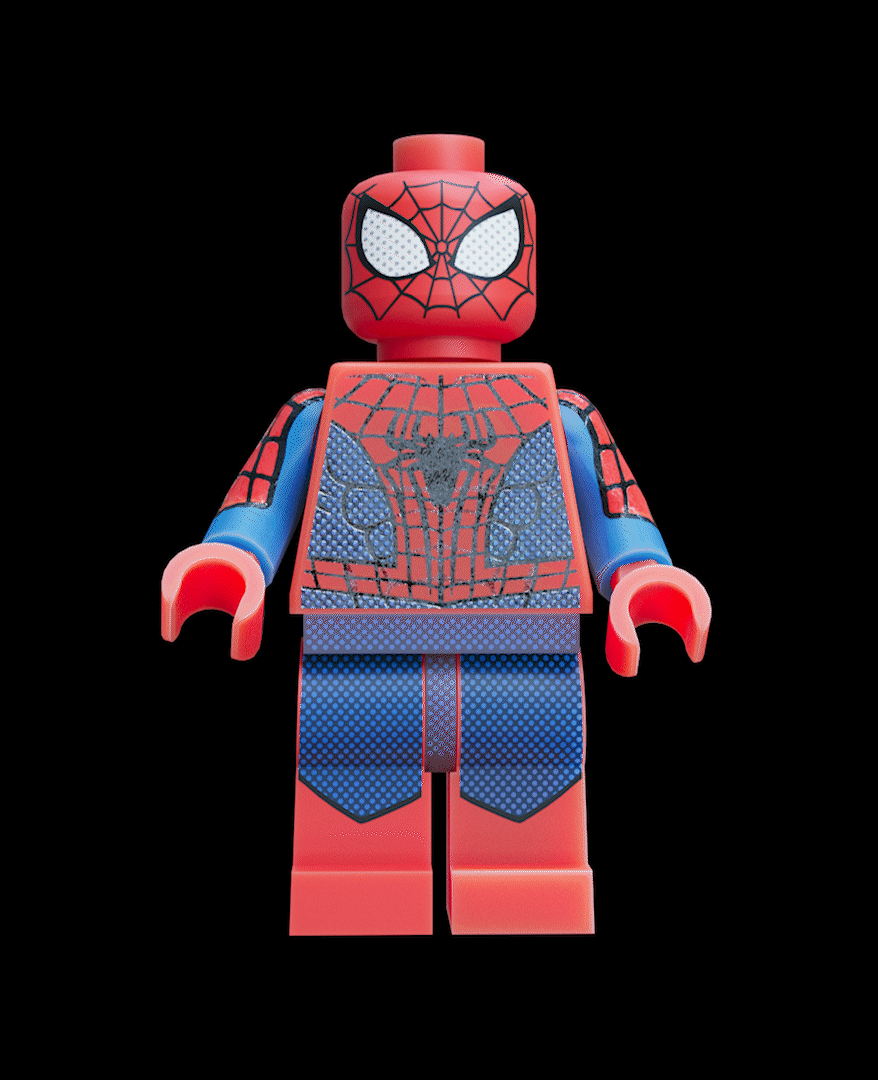
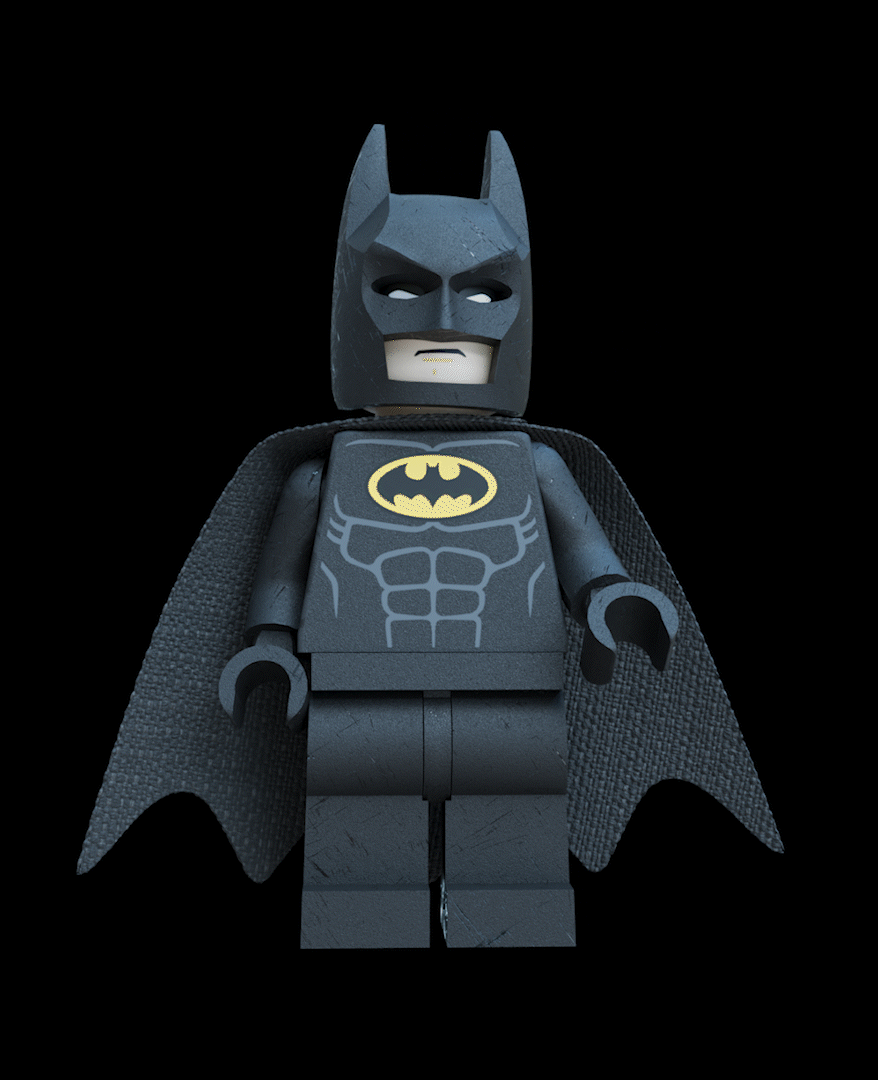
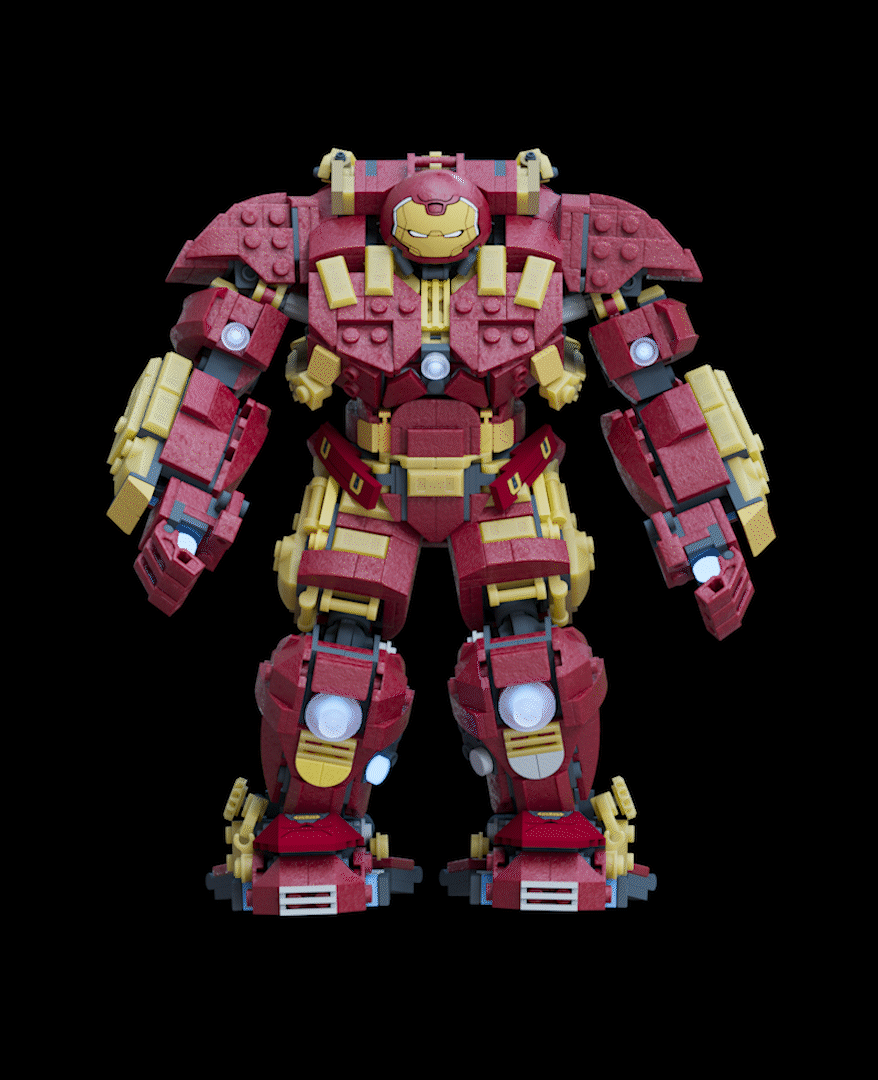
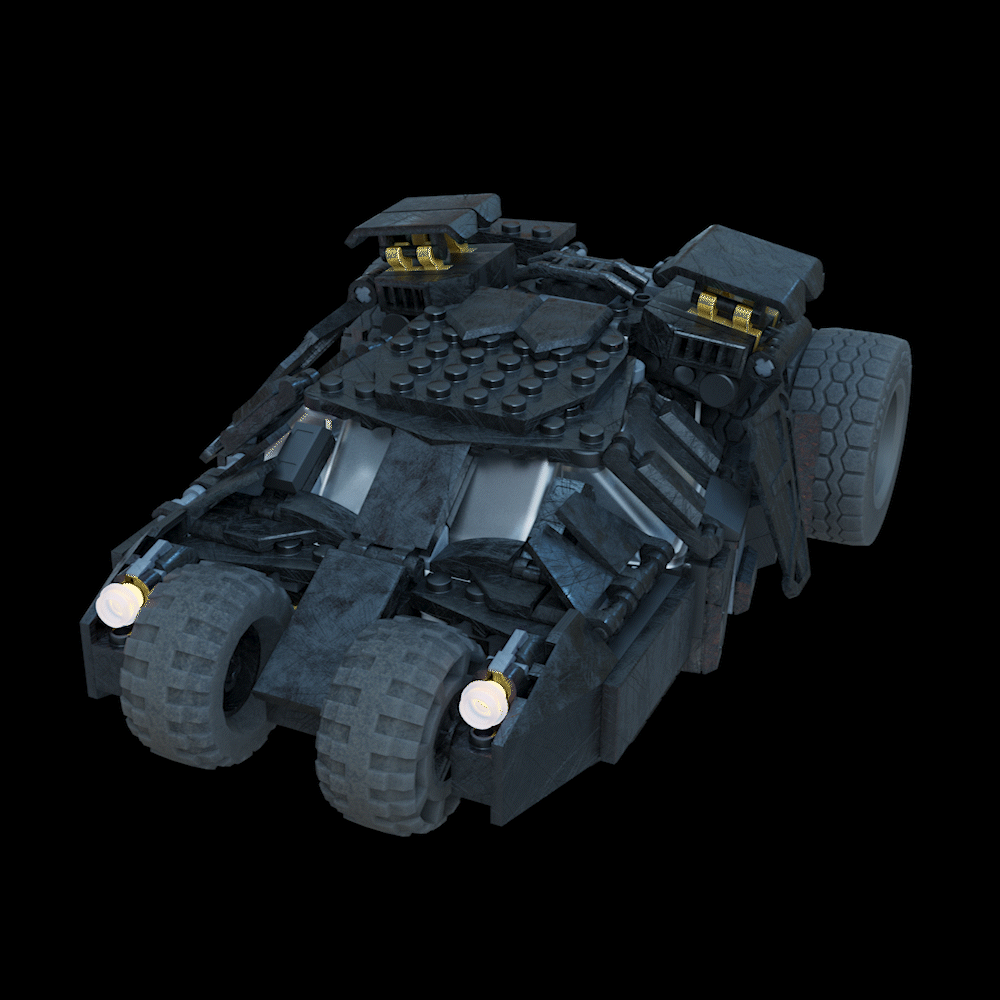
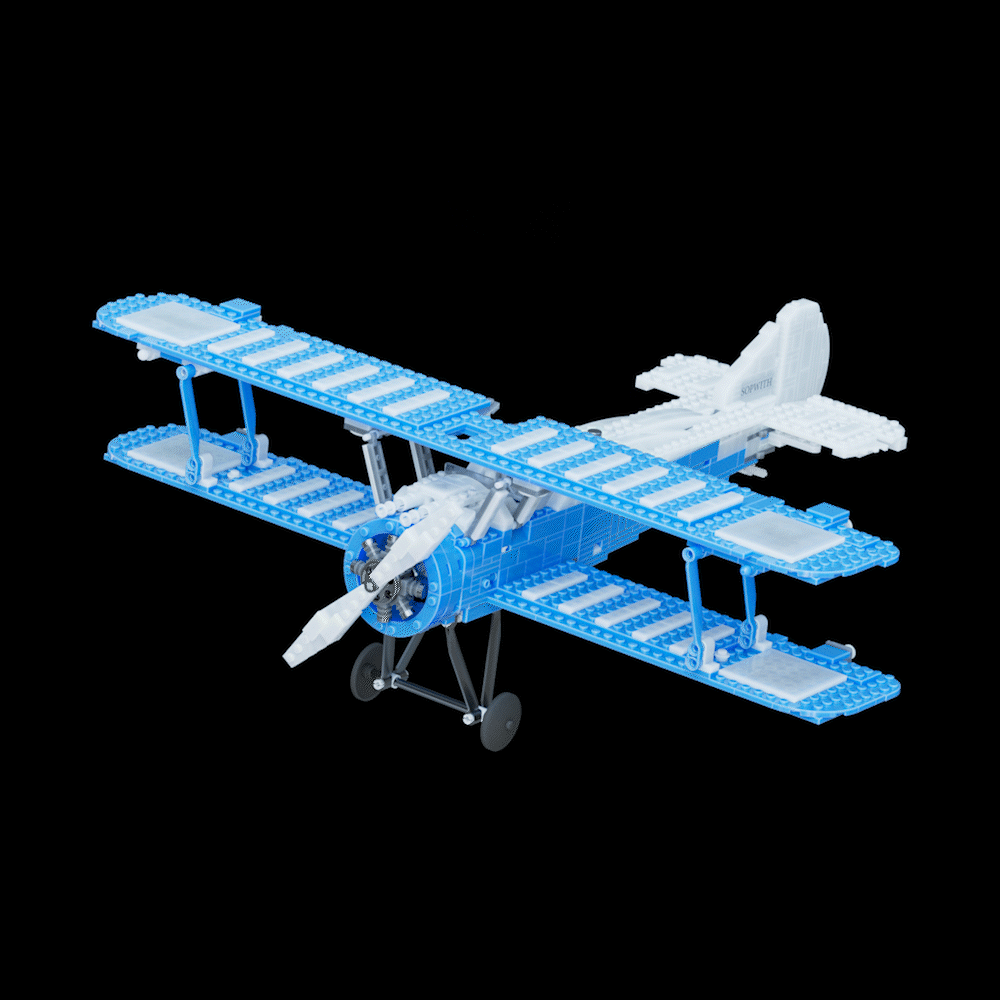
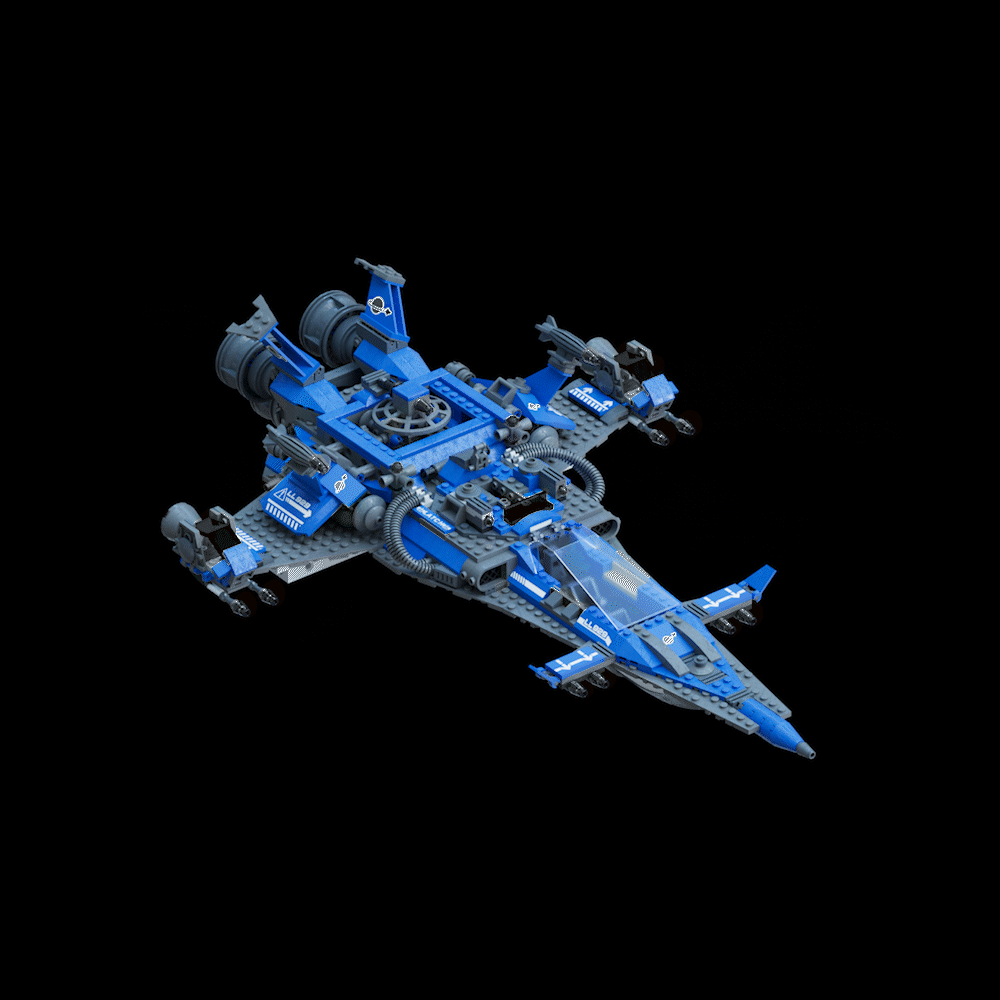
Environments
Worldbuilding has always been one of my favorite parts of any project, and 'Everything is Multiverse' offered the perfect playground for it.
All the LEGO sets were initially sourced from Mecabricks and Bricklink Studio, which I then modified, retextured, and relit to align with the color language and cinematic direction of the film. I paid close attention to scale, mood, and light behavior, using gobos and controlled contrast to make each world feel tactile and alive.
Visually, I wanted the lighting to feel warm, grounded, and nostalgic, something that invites you in, even when the setting is fantastical.
I drew a lot of inspiration from All Creatures Great and Small, particularly its golden-hour tones and soft, pastoral warmth. The show has a comforting visual tone — sunlight pouring through windows, glowing interiors and golden 'Christmas Episodes'.
Opening Shot and Lego Dimension Portal
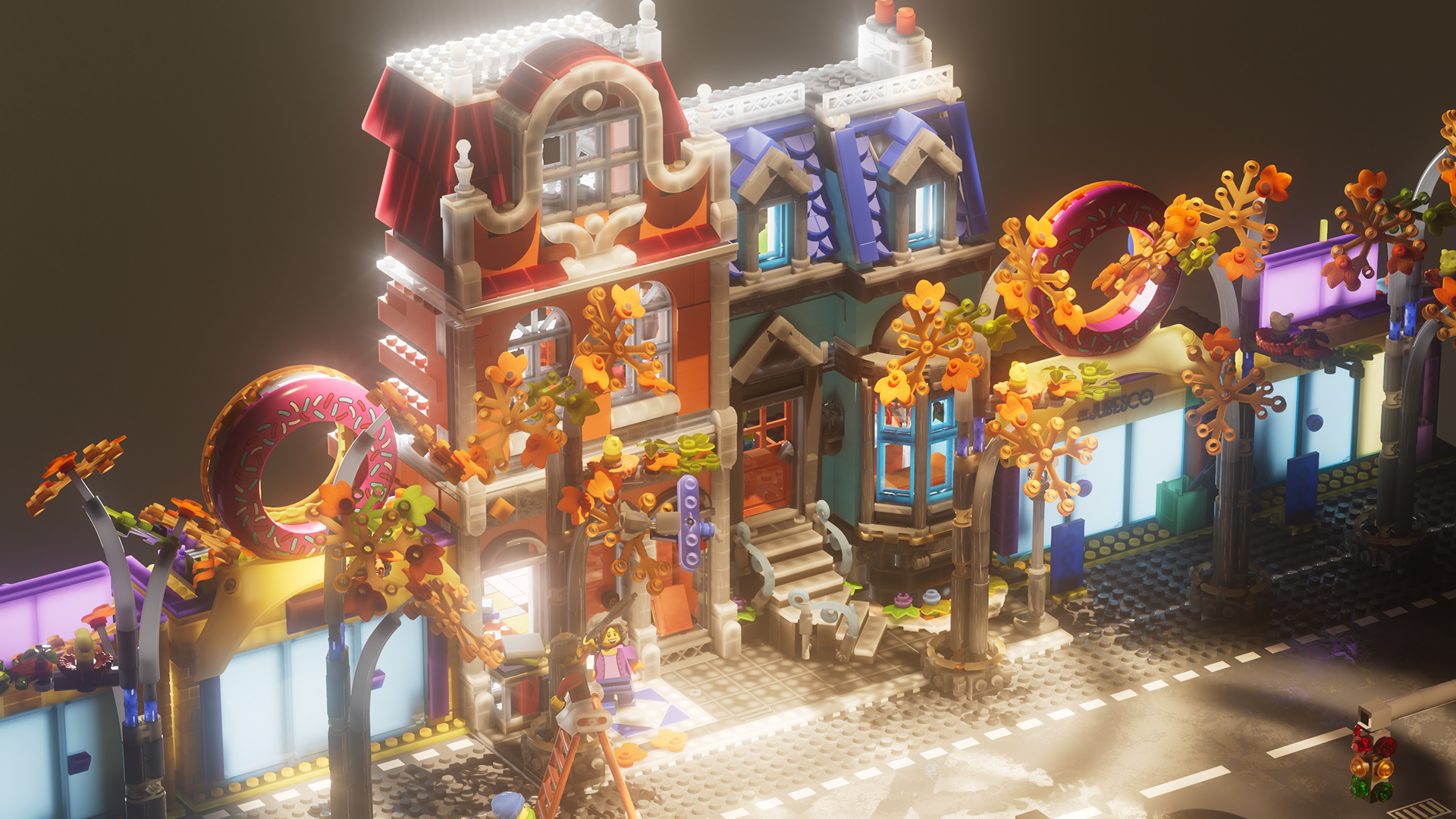


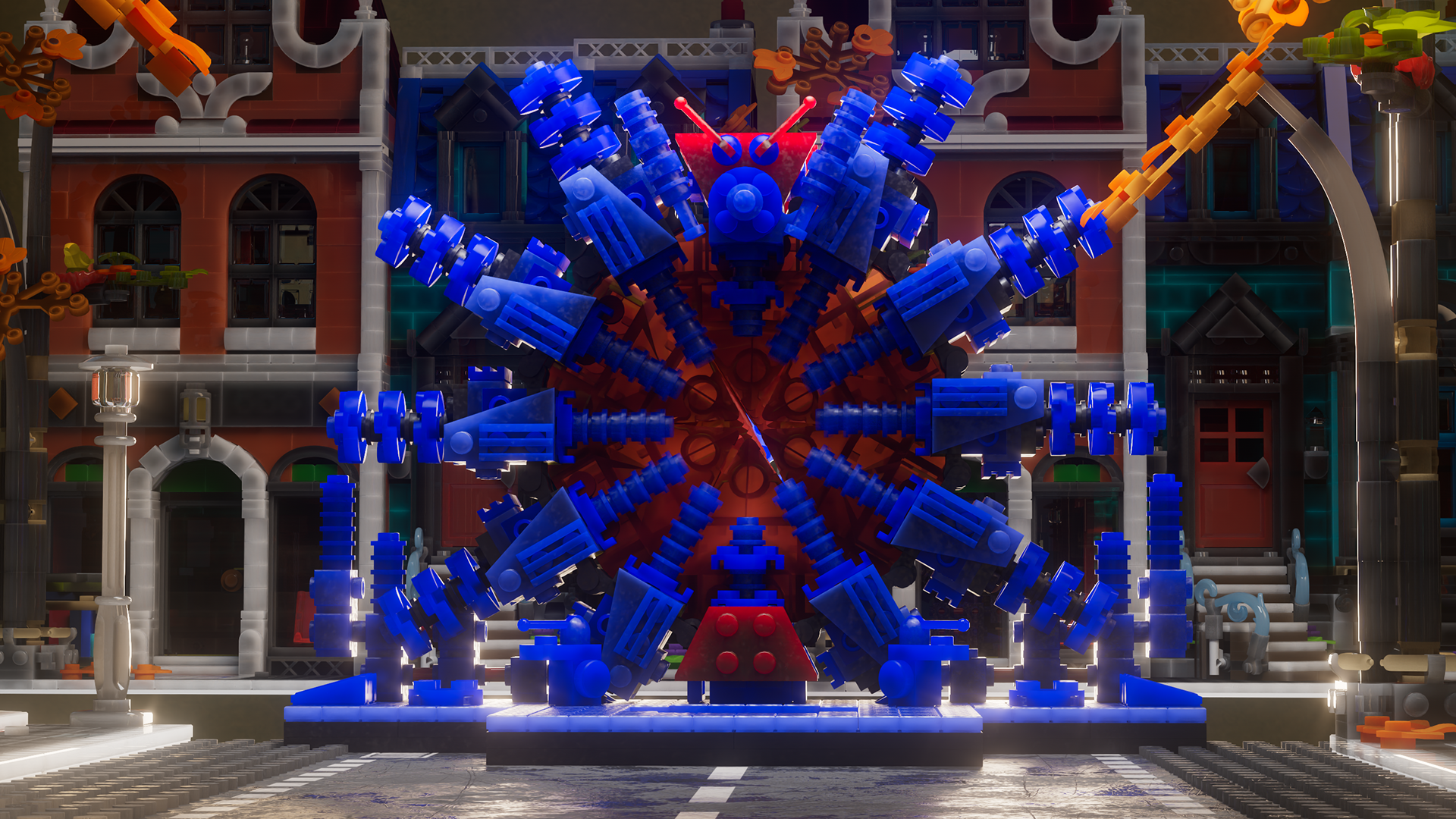

The Shire and Barad-dûr
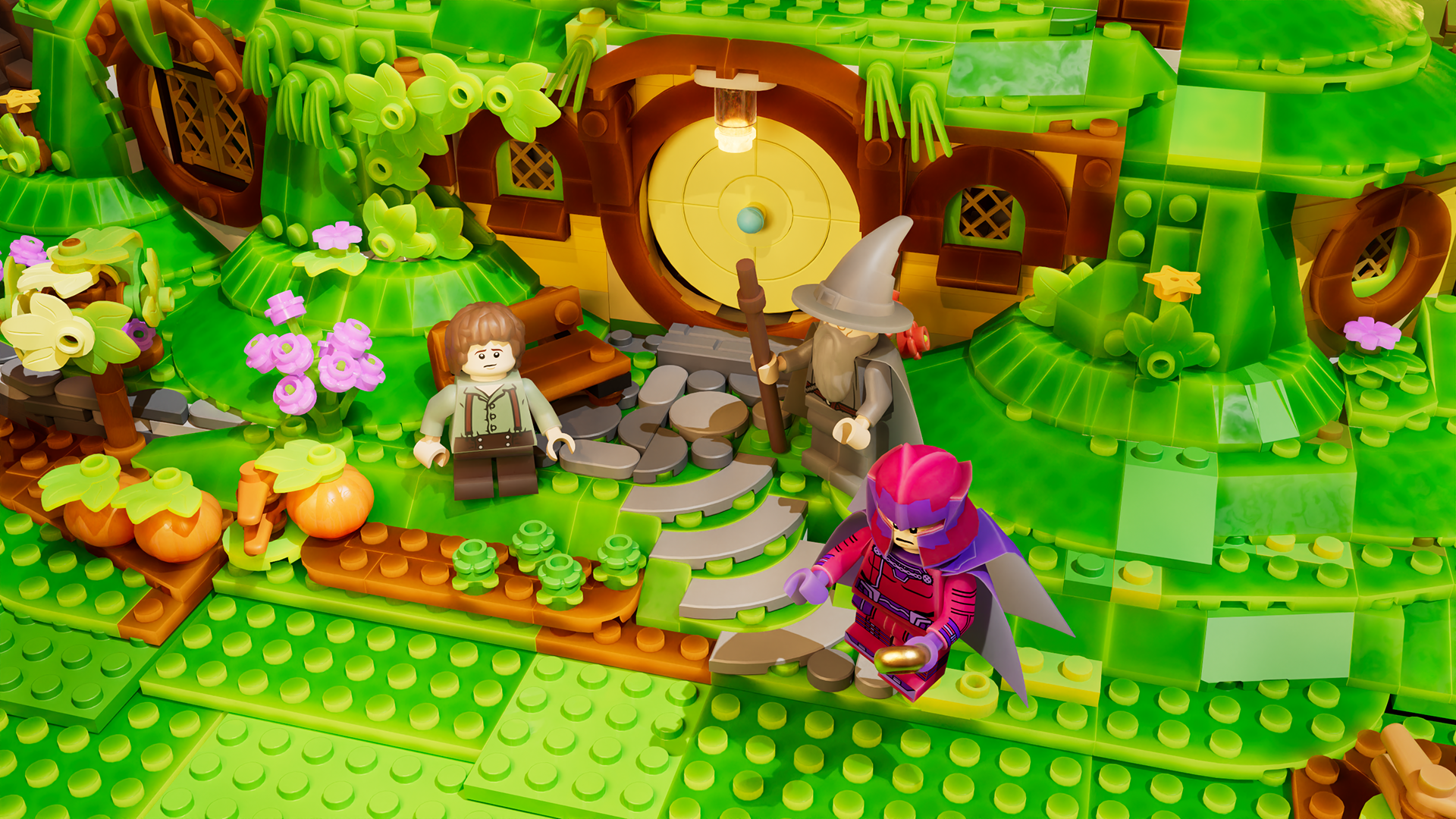

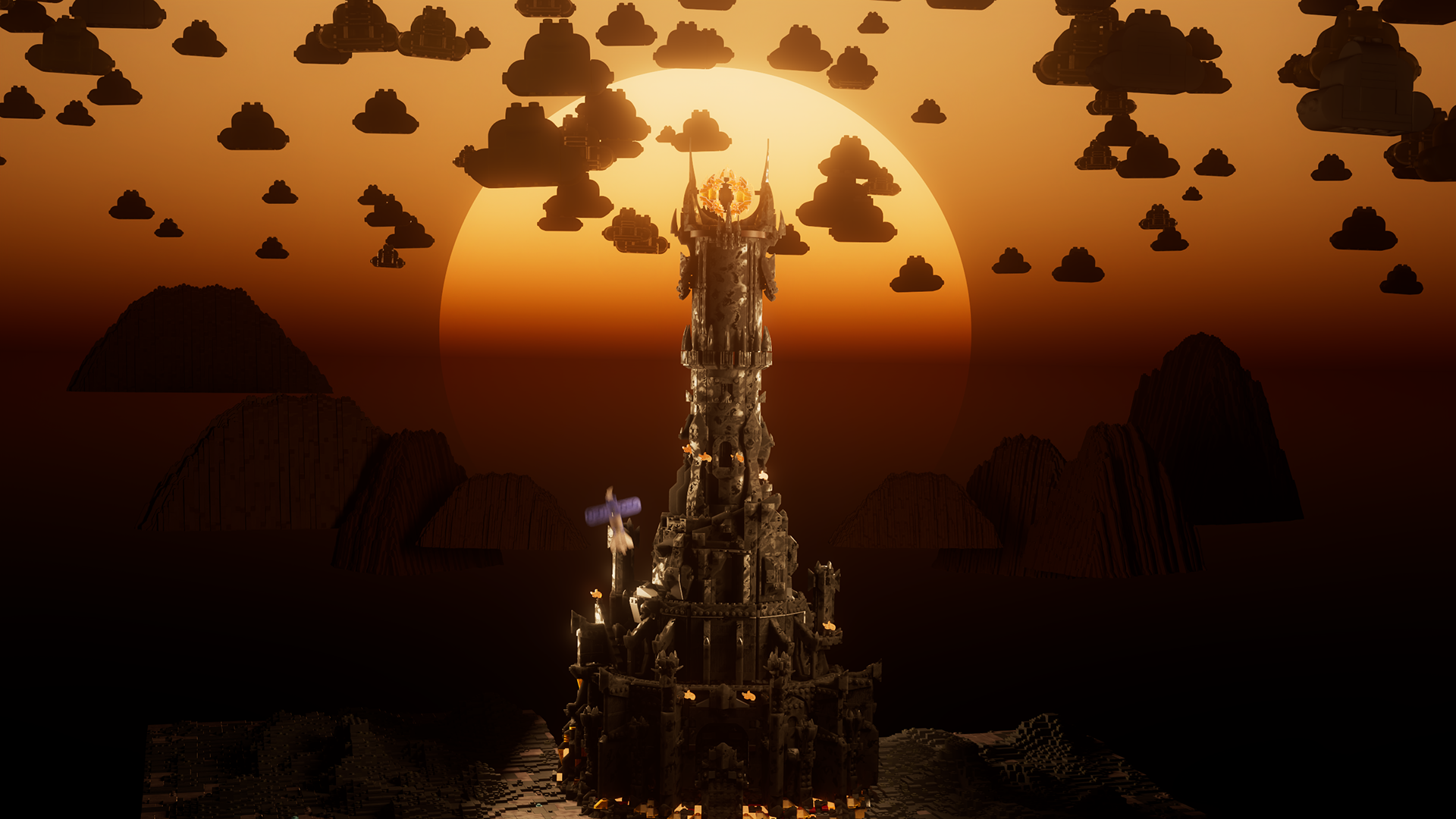
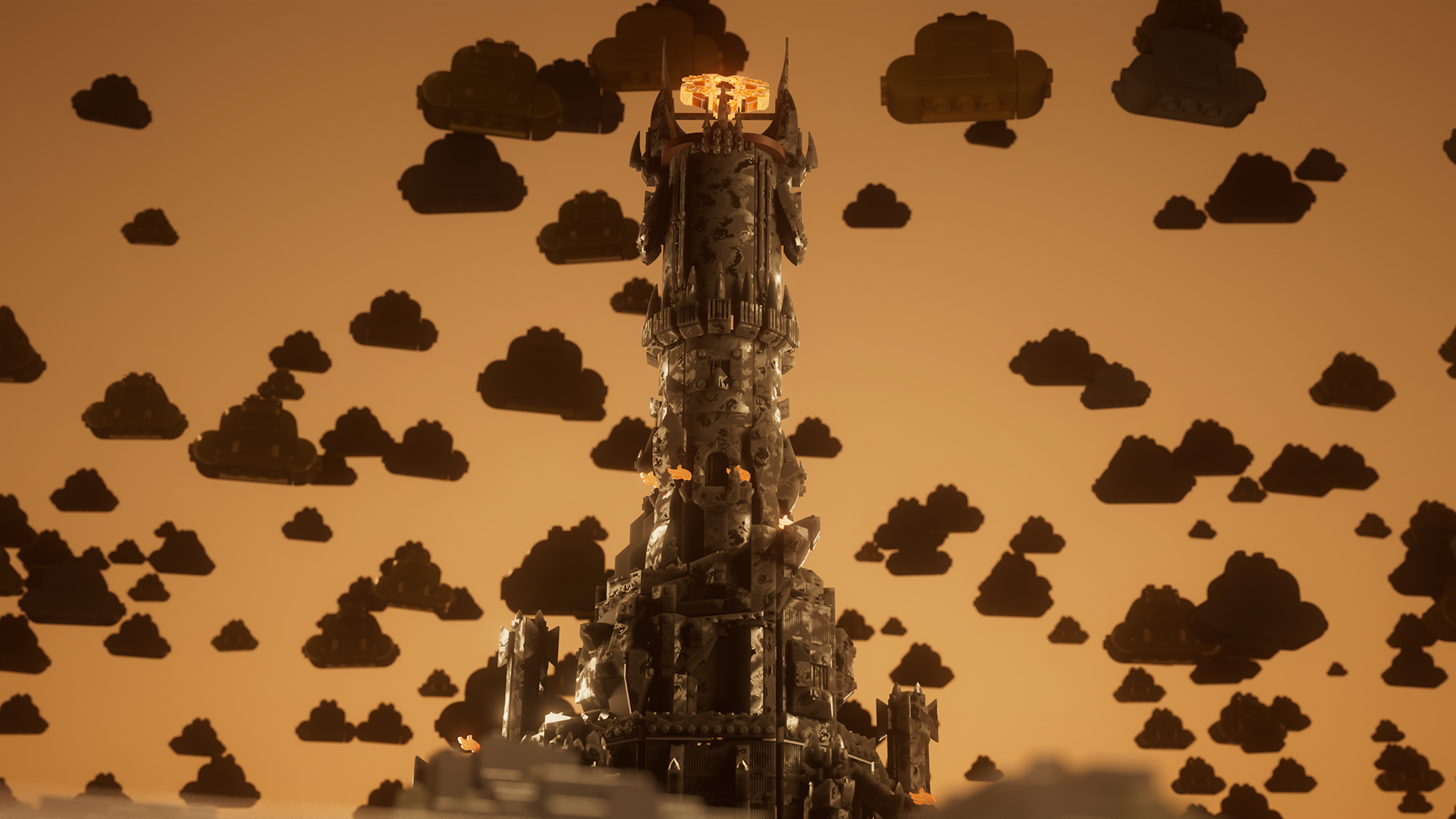
New York City and Avengers Tower
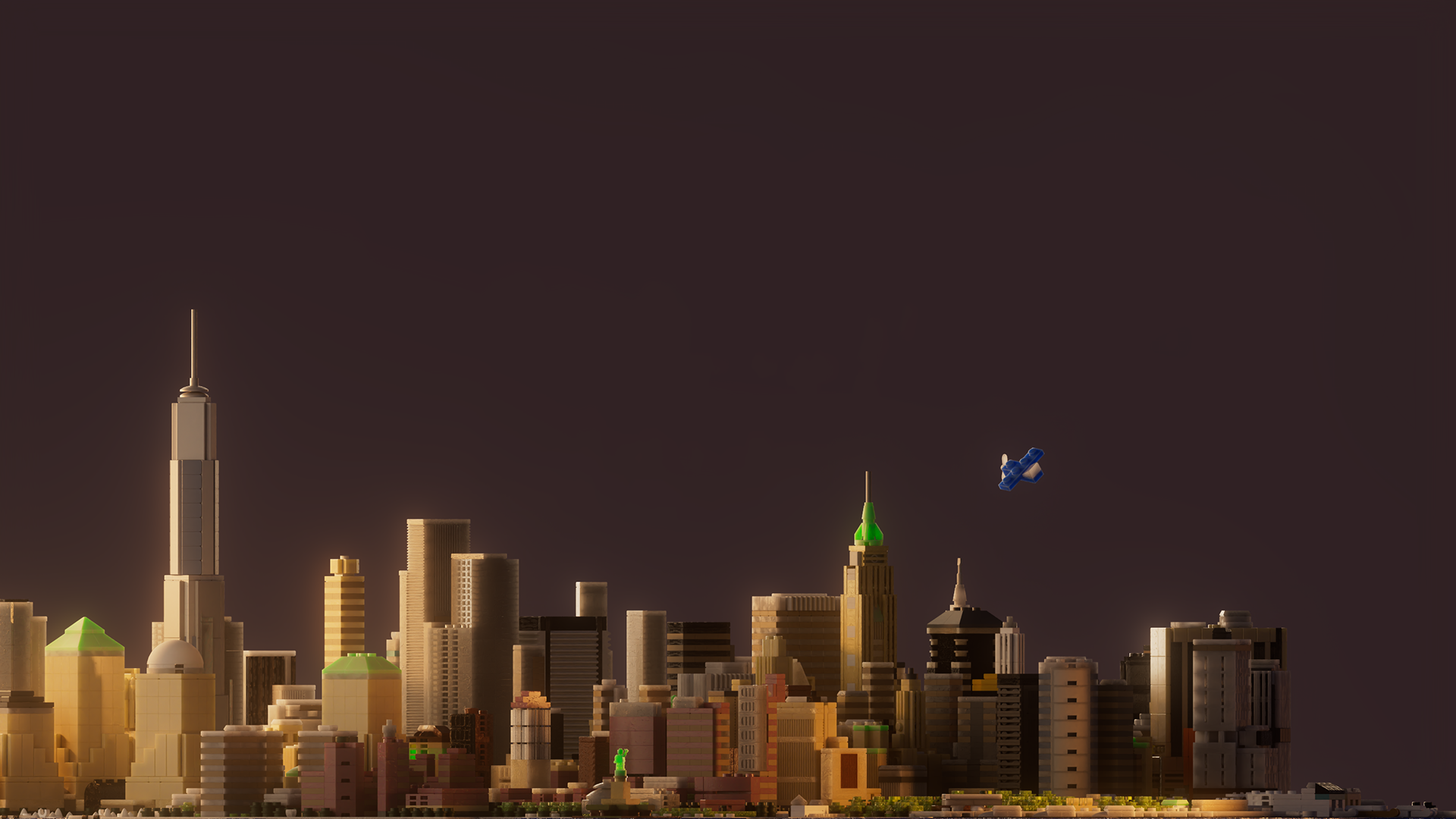

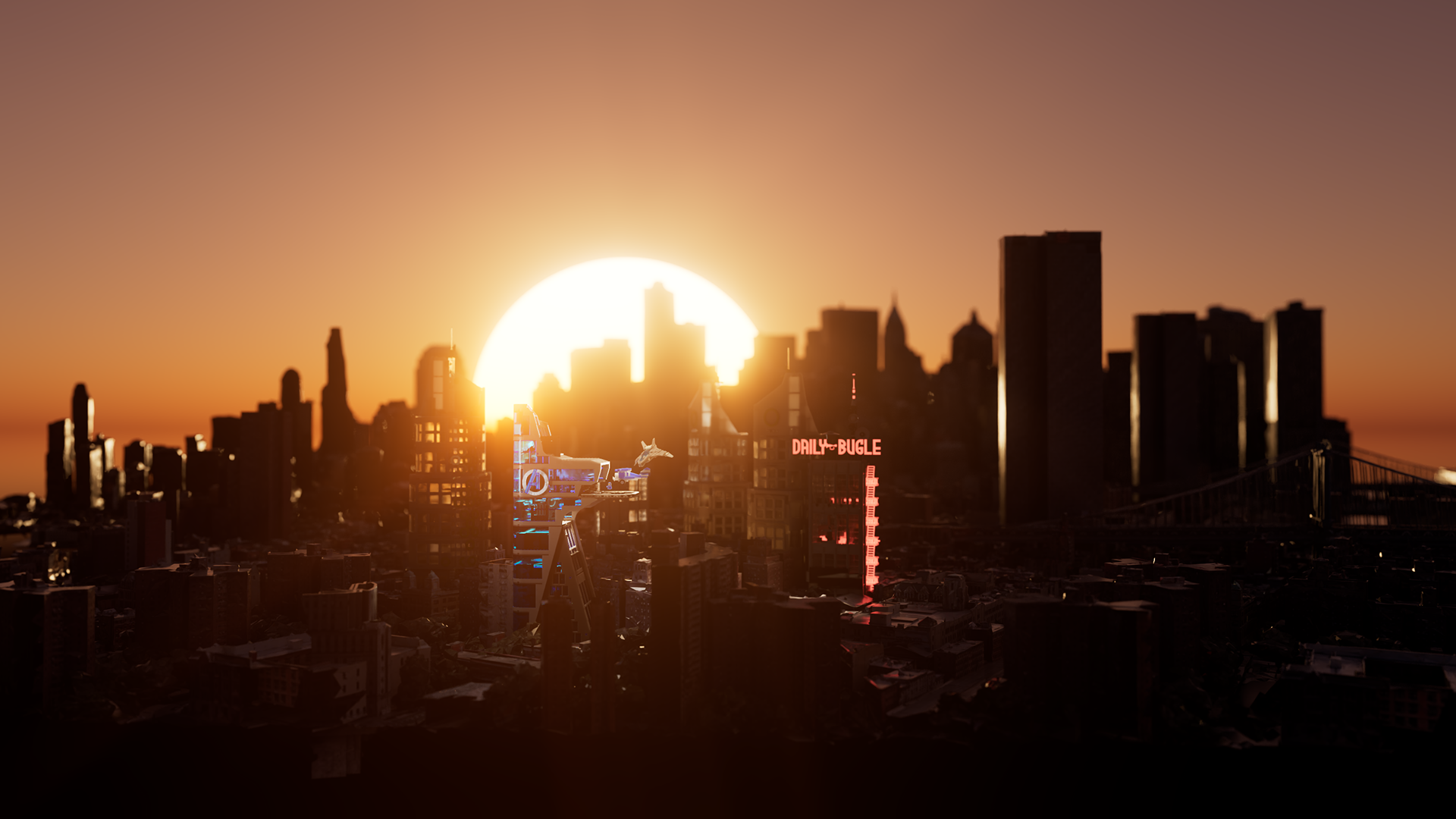
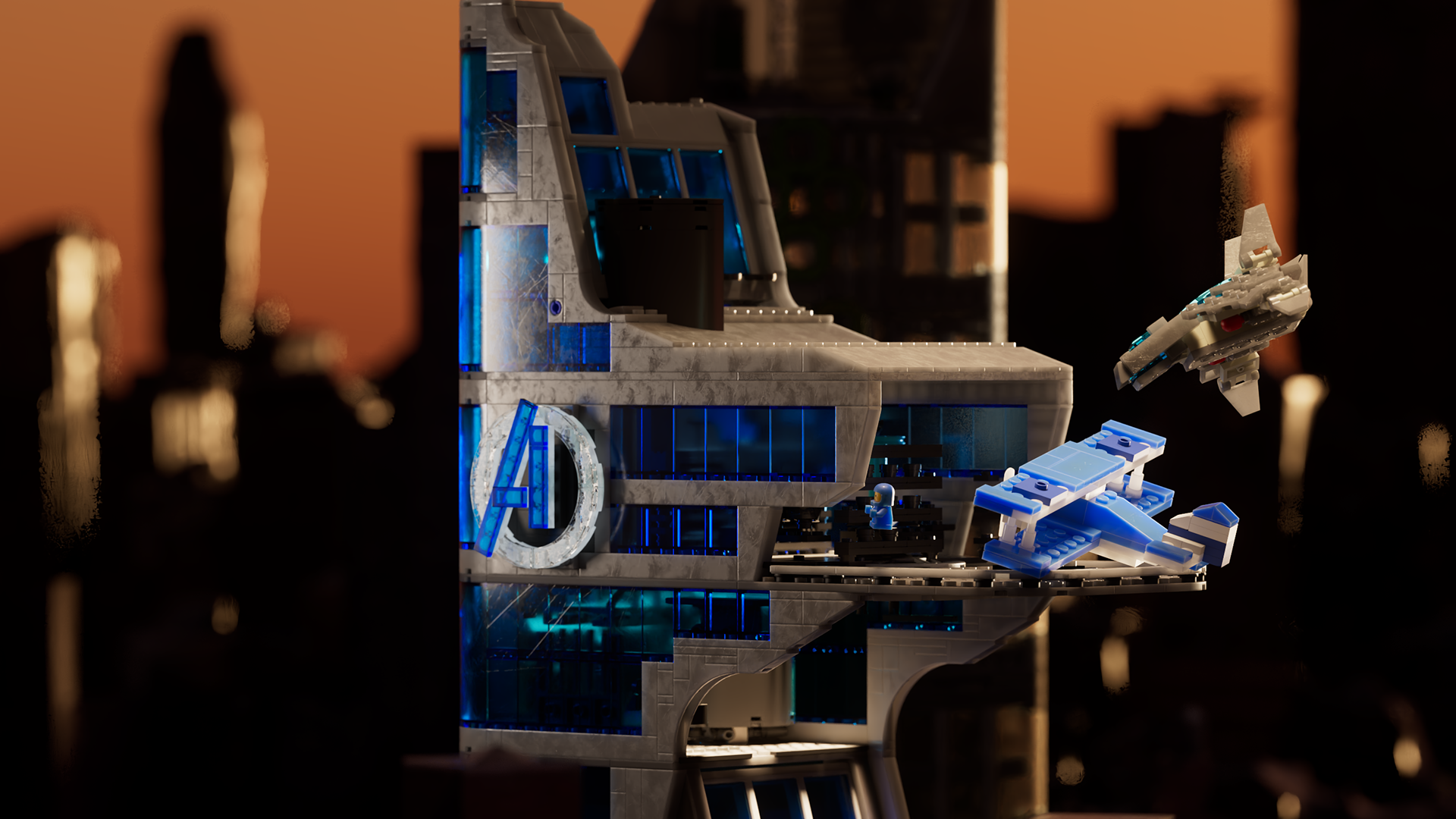
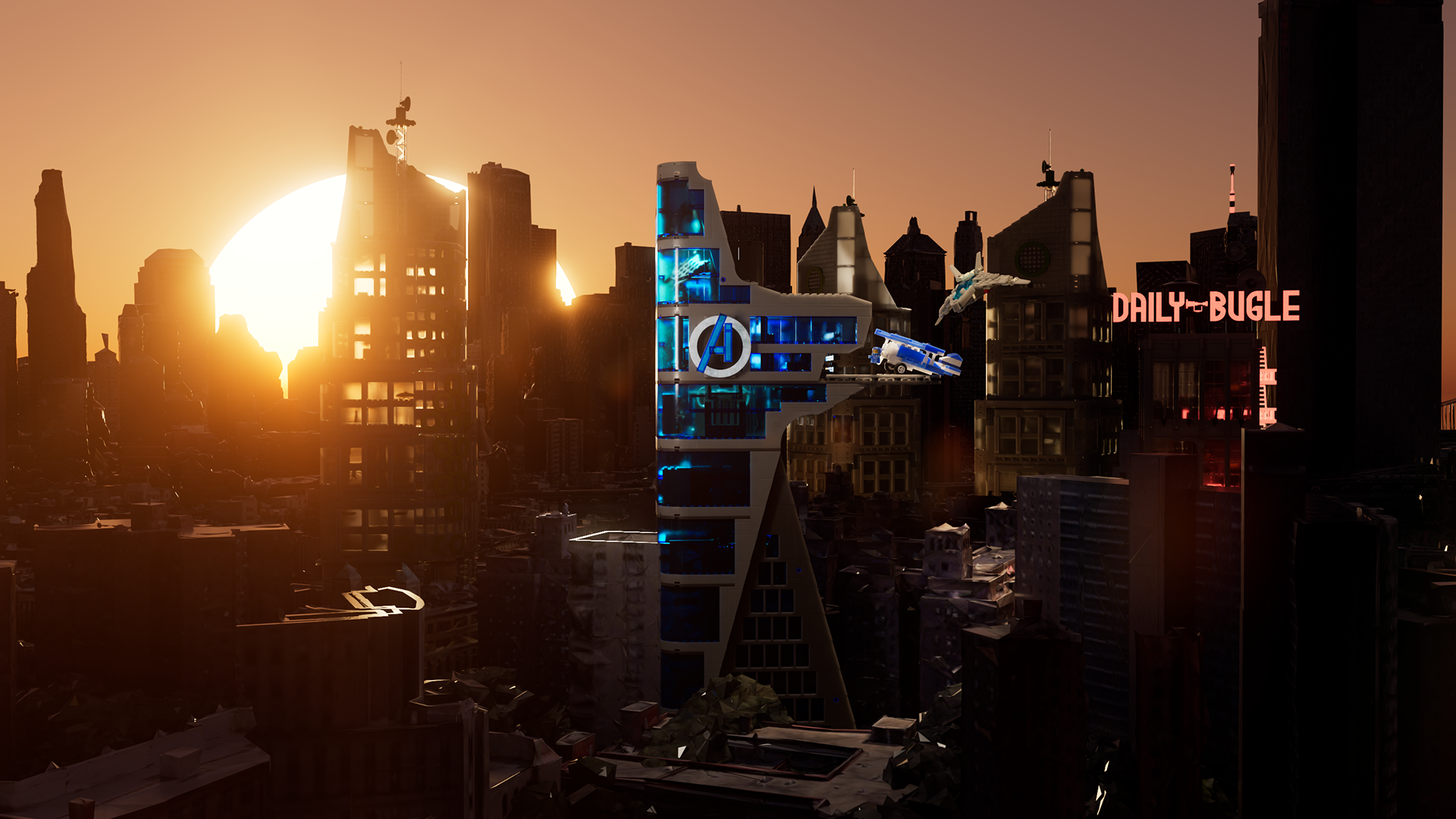
Benny Saves Gwen Stacy
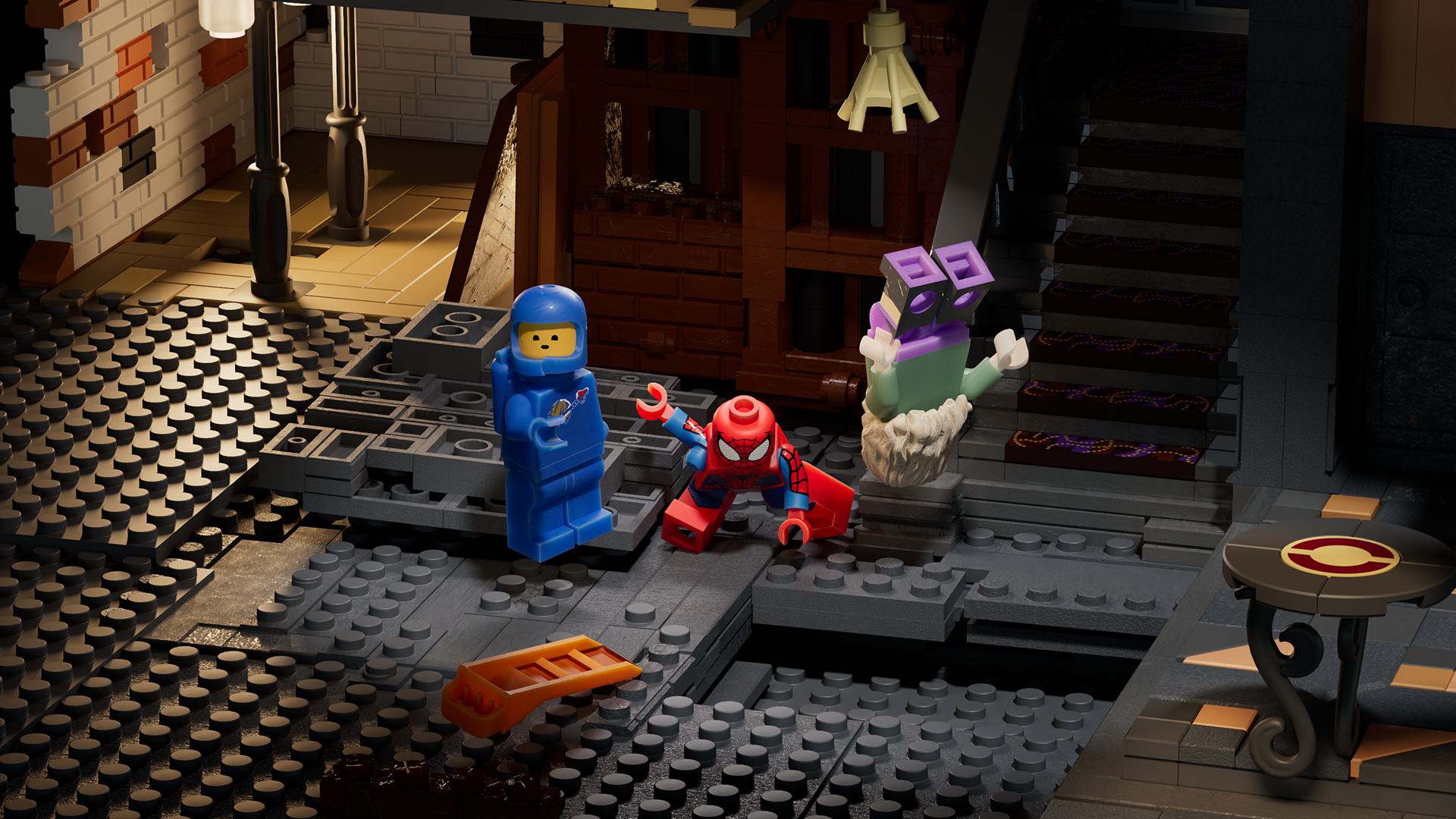
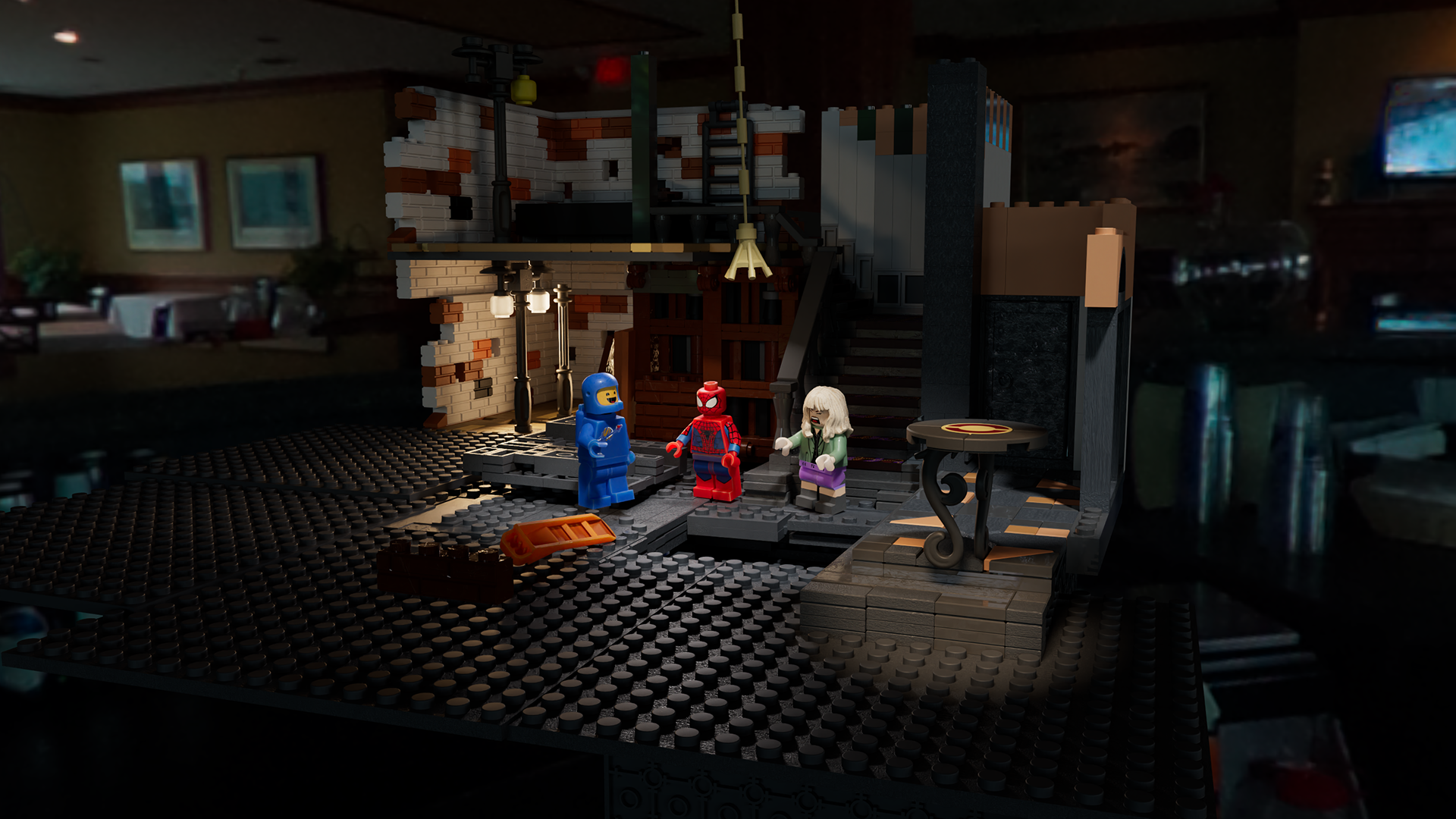
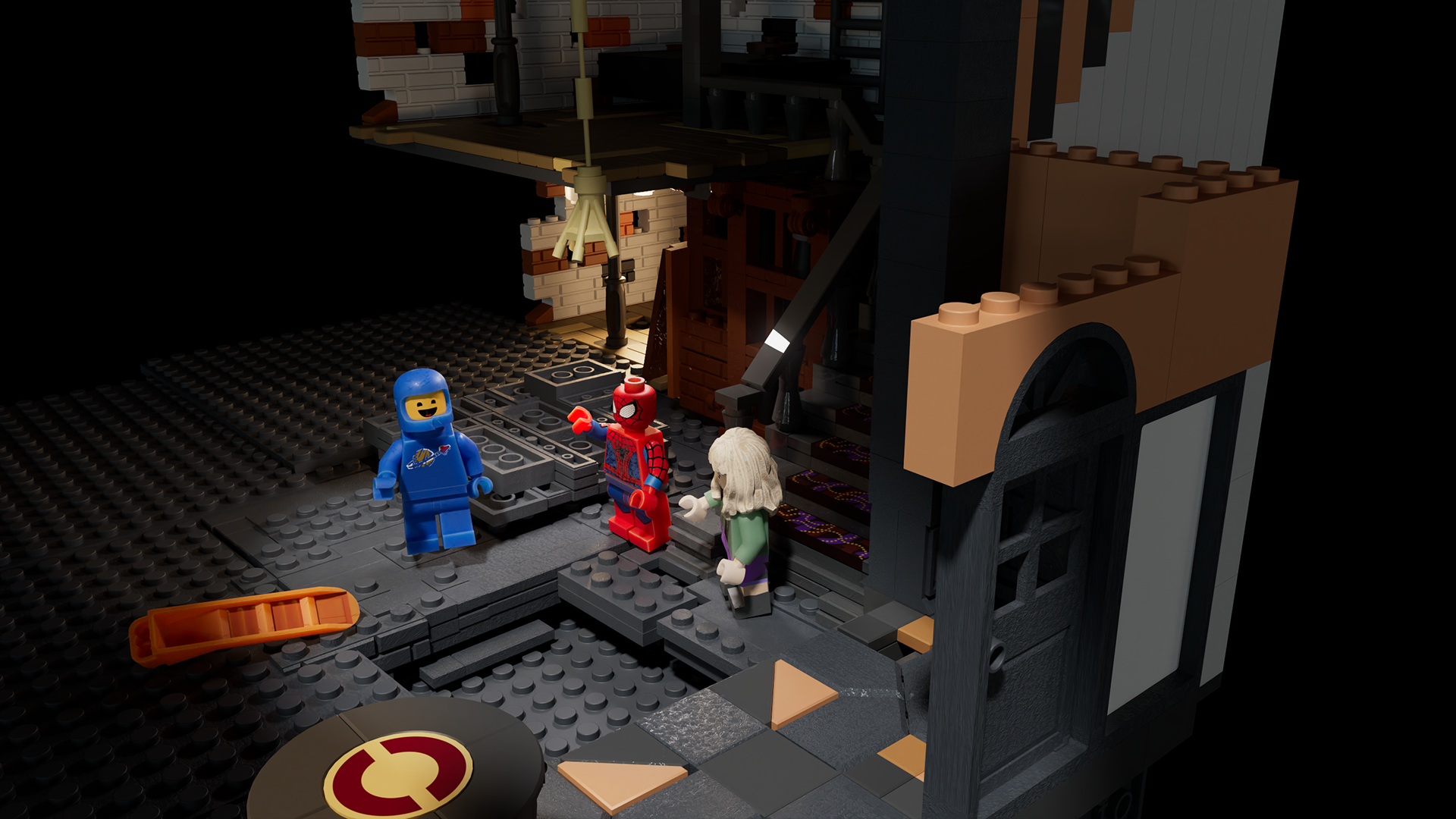
Central Perk from F.R.I.E.N.D.S

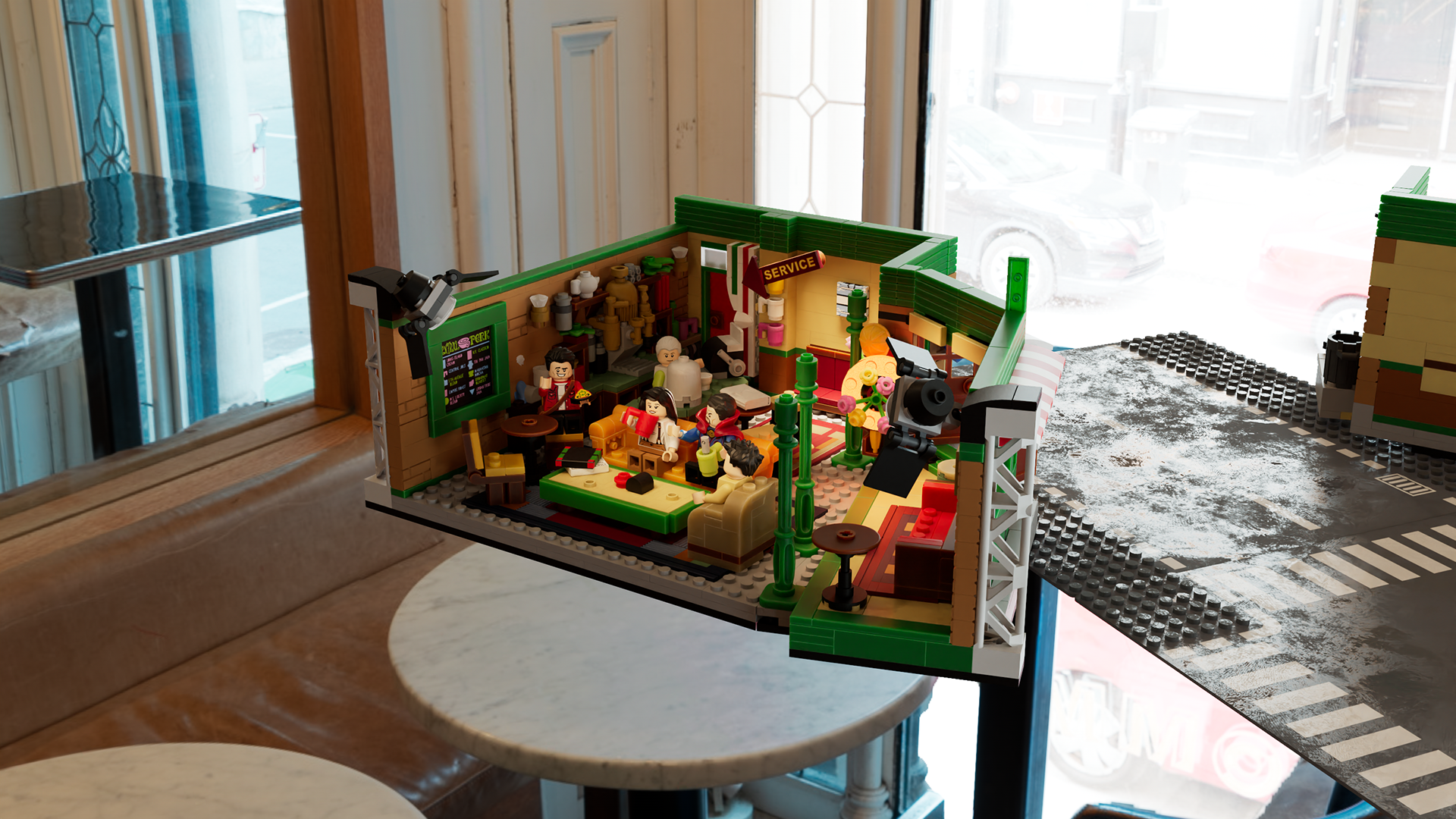
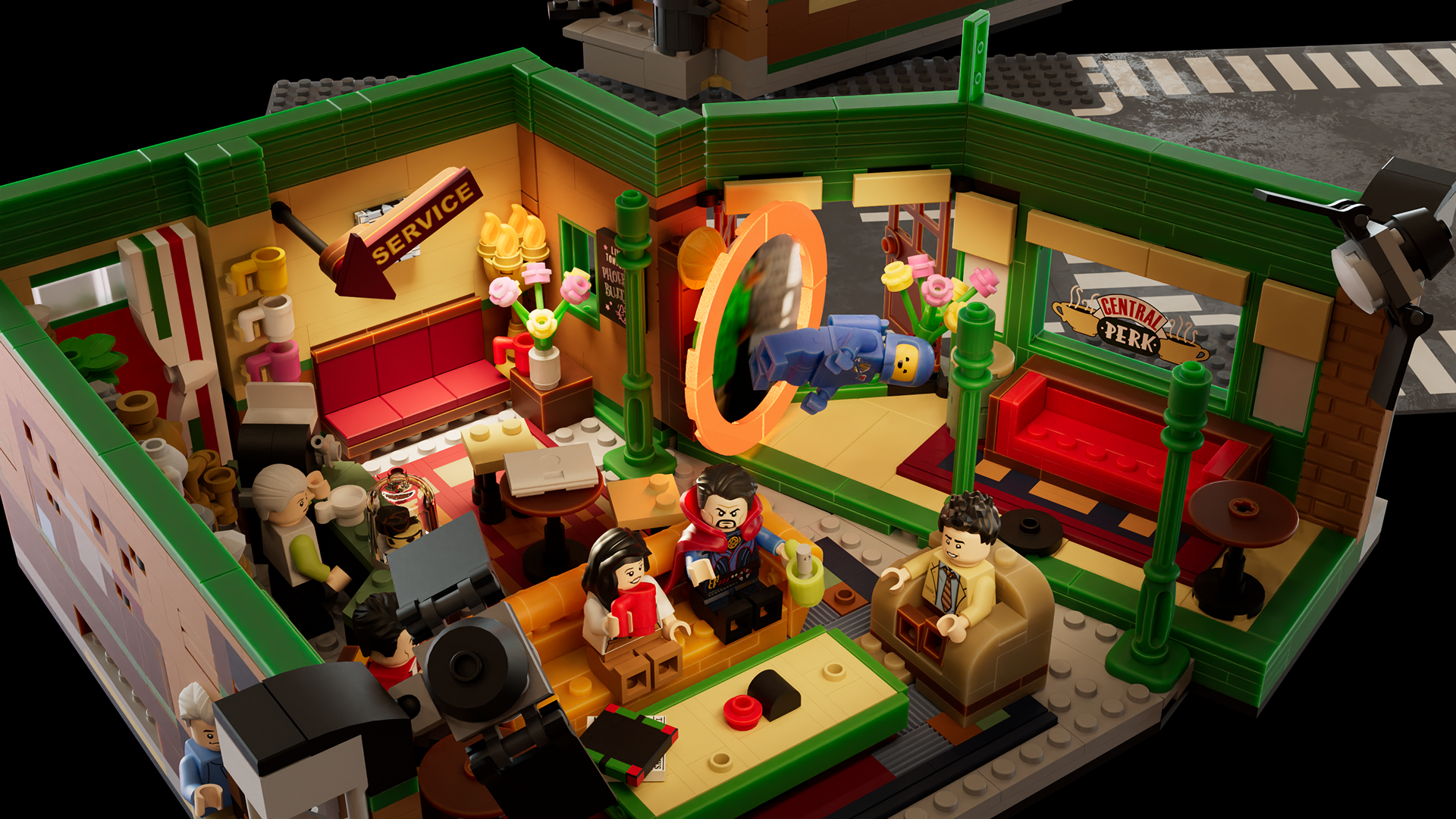
Privet Drive

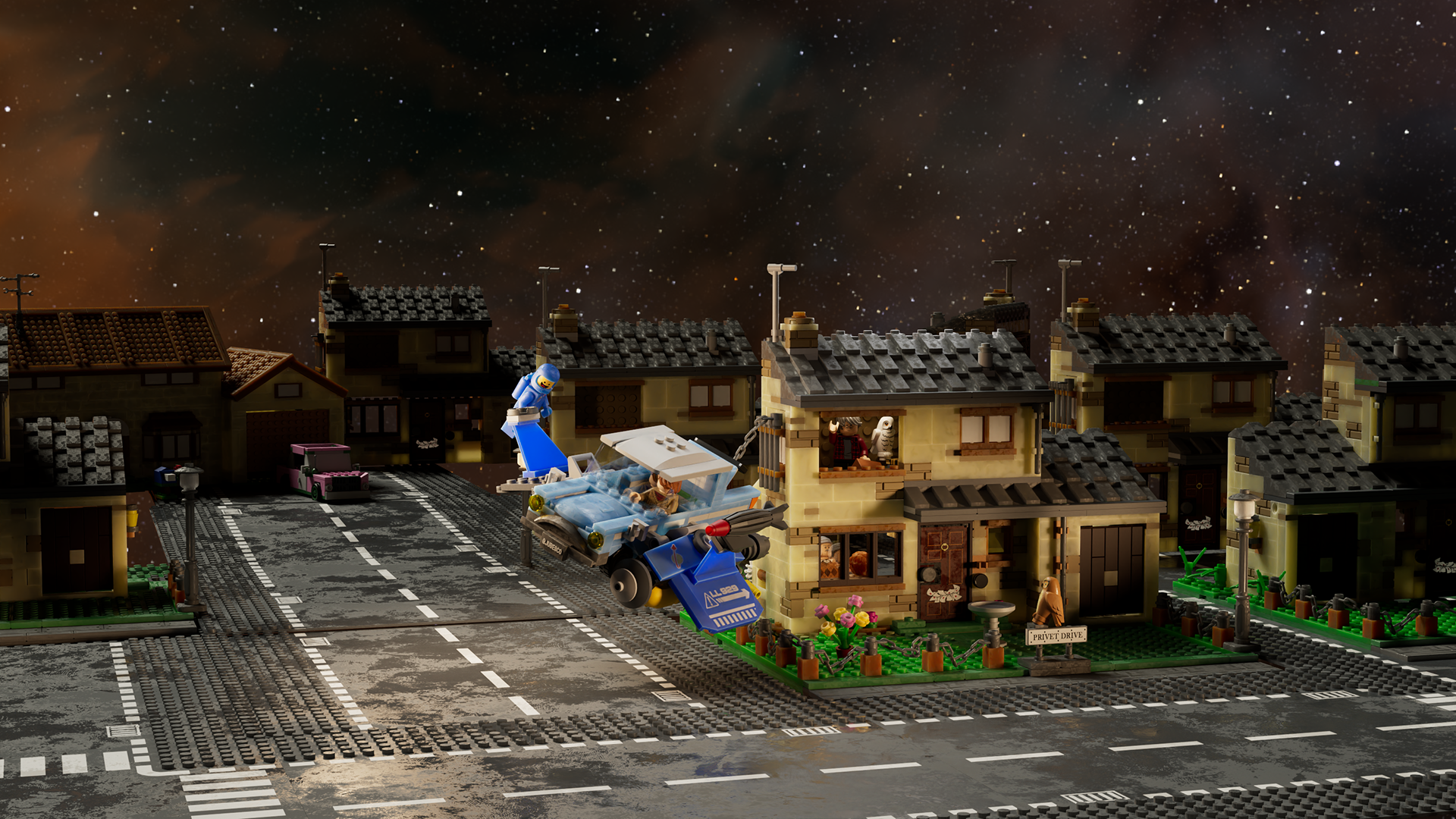
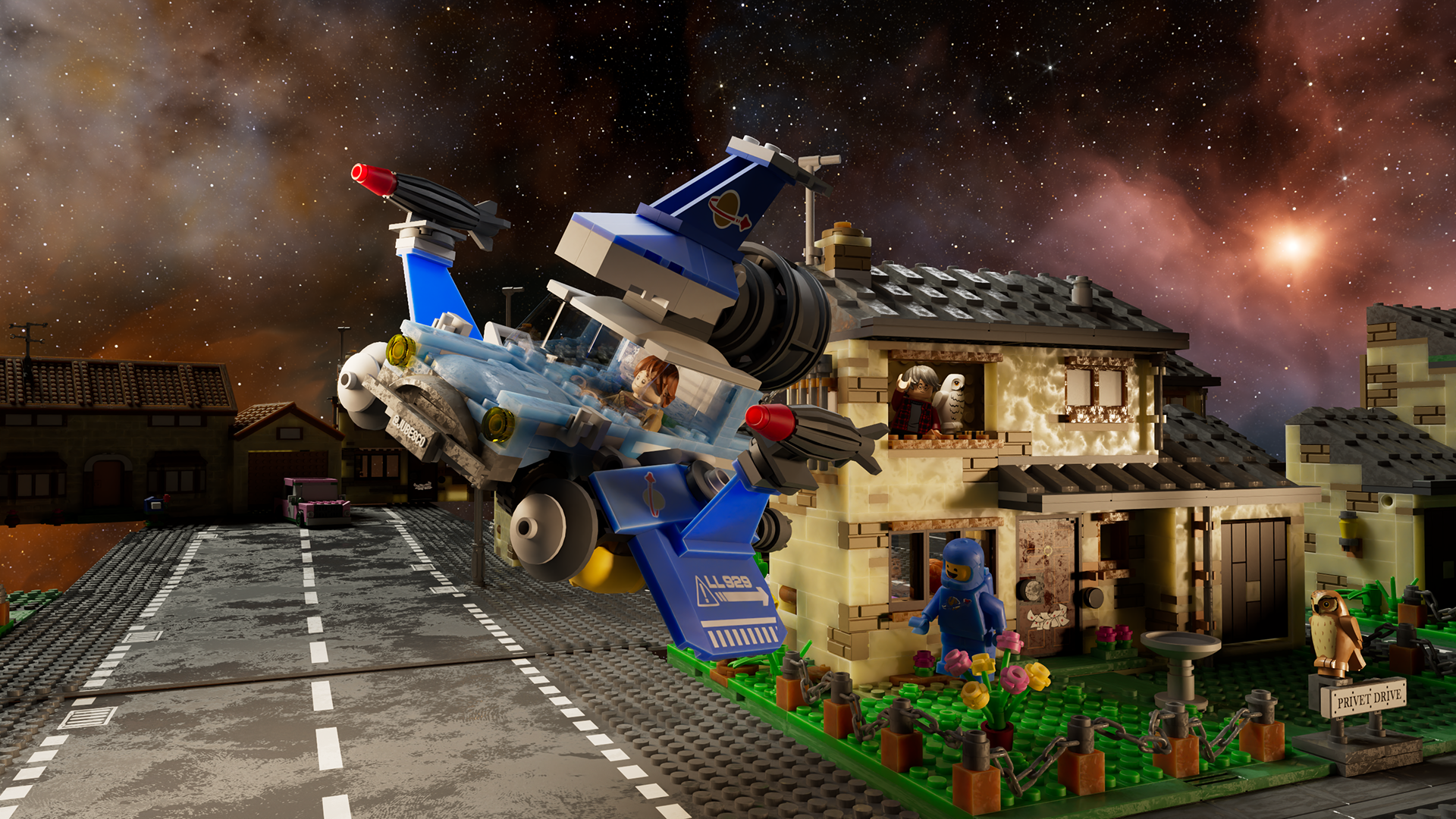
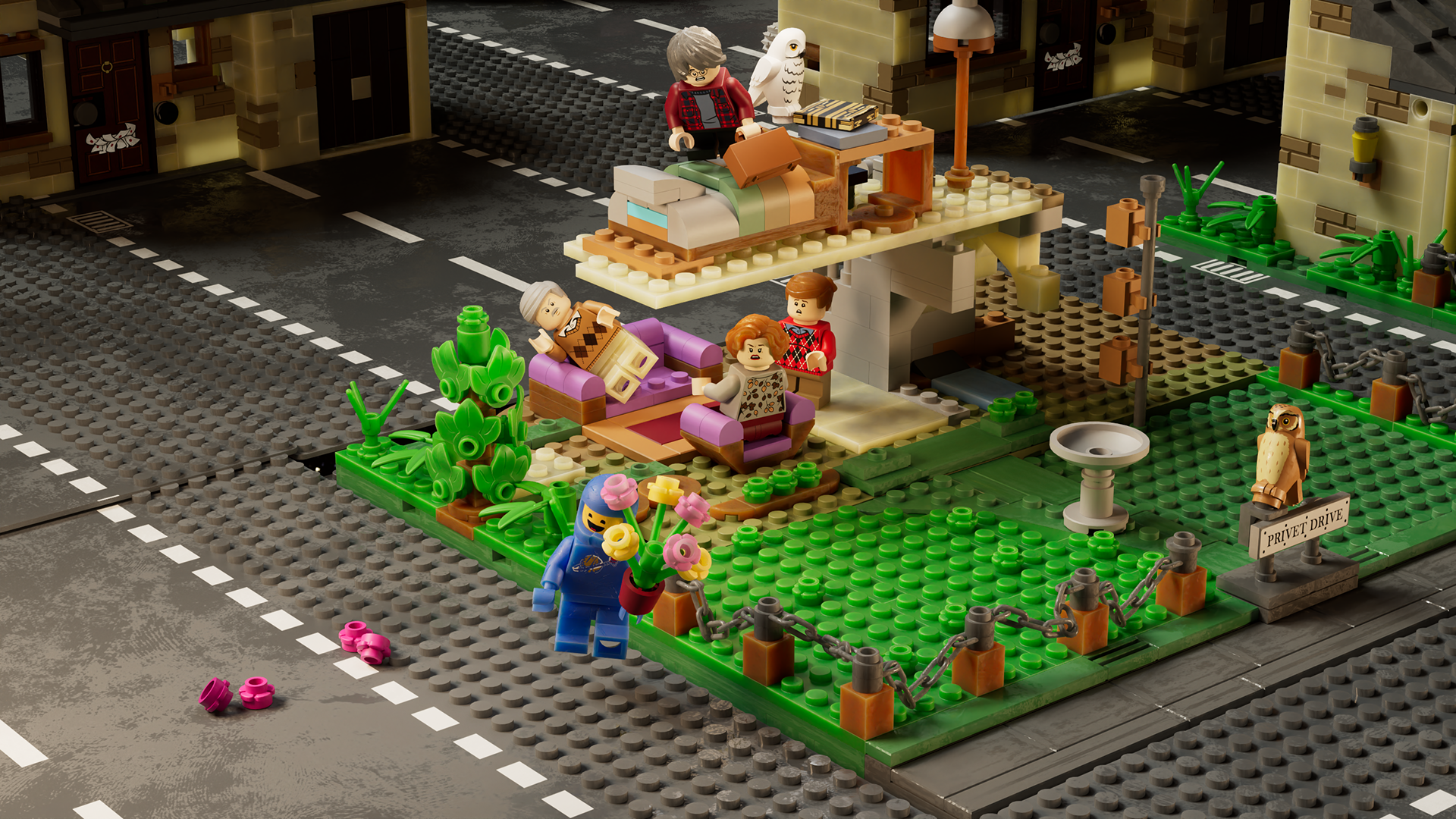
The Love Actually house



The Batcave




Animation
For the animation, I wanted to stay true to the signature stop-motion-inspired style that made The LEGO Movie so endearing, a mix of deliberate imperfections, snappy timing, and expressive posing that celebrates the tactile charm of LEGO bricks.
Given the iterative nature of this project, animation development evolved hand in hand with camera work, texturing, and lighting. This parallel workflow allowed me to fine-tune how motion, framing, and mood interacted — ensuring each shot felt cohesive and alive.
Below are a few examples showing how different scenes evolved over time, from rough animation passes to final polished shots.
Editing and Sound Design
The edit for Everything is Multiverse came together in Premiere Pro, where timing, pacing, and rhythm played a huge role in shaping the emotional flow of the short.
Sound design was equally important in grounding the LEGO world and giving weight to each brick, click, and movement. Every sound was layered carefully to create a tactile, toy-like realism while still feeling cinematic. I spent a lot of time crafting subtle ambiences, mechanical whirs, and even exaggerated swooshes to heighten the sense of scale and fun. I recorded most bits myself and the others came through Artlist.io.
What surprised me most was how much the sound shaped the storytelling. Elevating moments of humor, tension, and wonder. Below is a peek at the timeline, which shows just how dense the audio layering became by the final edit.
Closing and Reflections
Everything is Multiverse has been one of those projects that quietly followed me through the years. Evolving, pausing, and reshaping itself every time I learned something new. What started as a fun experiment soon became a deep dive into storytelling, lighting, animation, and ultimately, perseverance.
Over the last few months, I dedicated myself full-time to finally bringing this world to life — polishing shots, refining the tone, and rediscovering what I love most about cinematic motion design. It was both exhausting and rewarding in the best possible way.
Benny’s story might be set in a multiverse, but in a way, it mirrors my own creative journey — hopping between ideas, styles, and inspirations until everything finally connected.
A huge thank you to the Mecabricks and Bricklink Studio communities for the incredible resources that made this world possible, and to everyone who’s followed along through the years. I’m excited to see where these bricks and stories go next.
